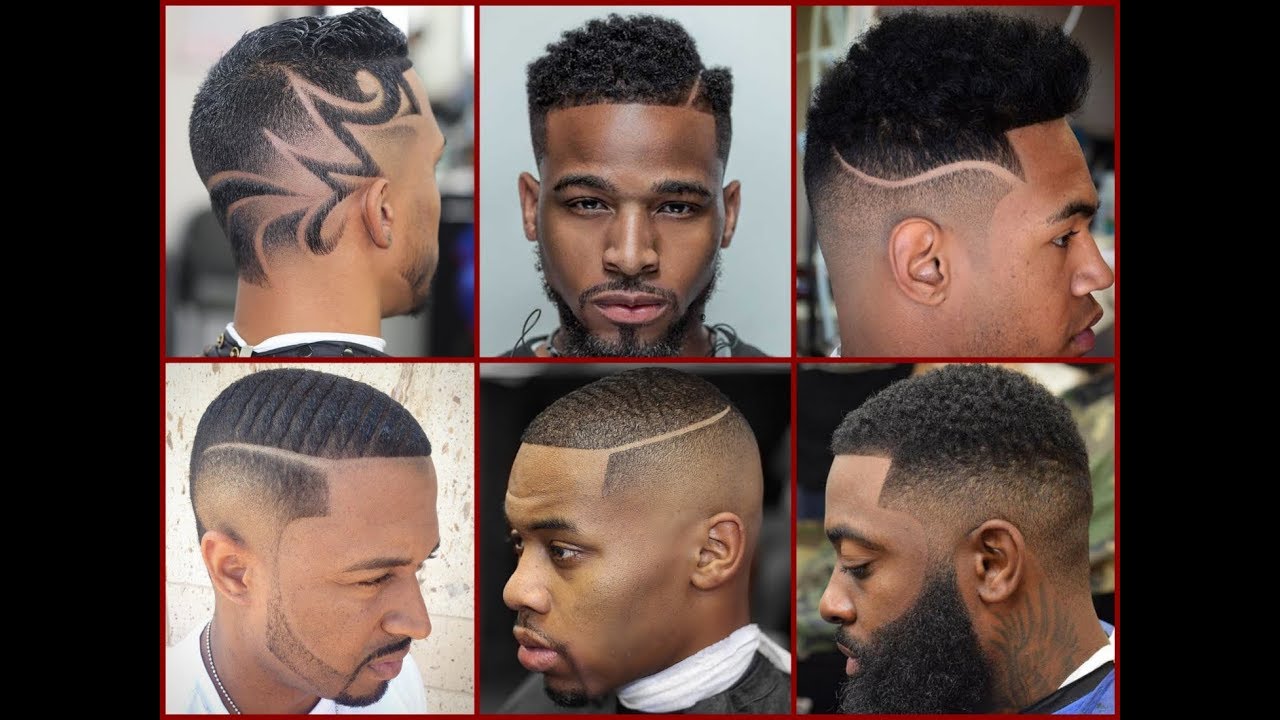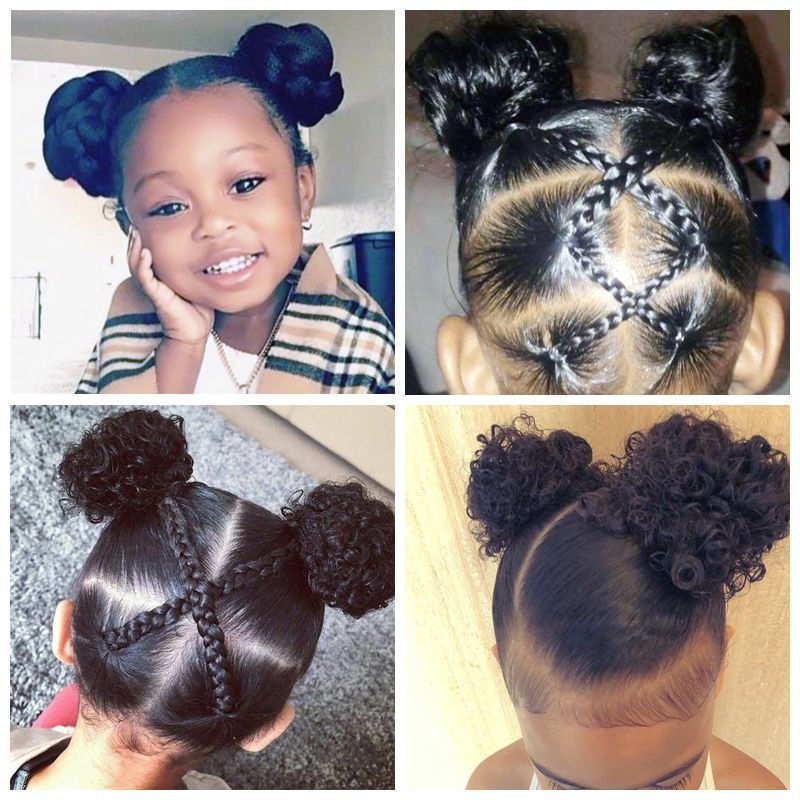Hair transplant surgery is the most drastic treatment for thinning hair in women. This procedure is most effective when thinning hair occurs in patches and not all over the head. The surgeon moves plugs of skin from an area of the scalp with abundant Hair to the area where hair is thinning. The procedure can cost thousands of dollars, but it can restore thinning hair to a patch of scalp.
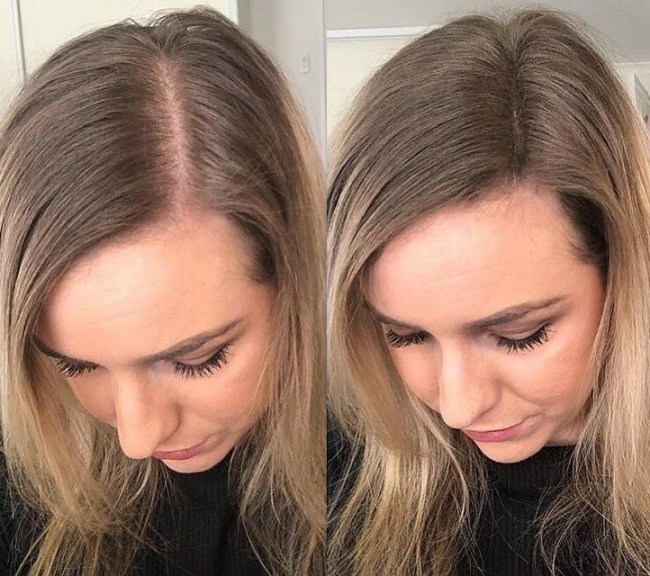
Female pattern baldness is the most common type of Hair loss in women
While female pattern baldness is not usually a symptom of any underlying medical problem, it can affect a woman’s self-esteem and cause her anxiety. The good news is that it can be treated and can even re-grow some hair. Treatment for female pattern baldness usually involves taking medications approved for treating the condition. The only drug approved by the FDA for treating female pattern baldness is minoxidil.

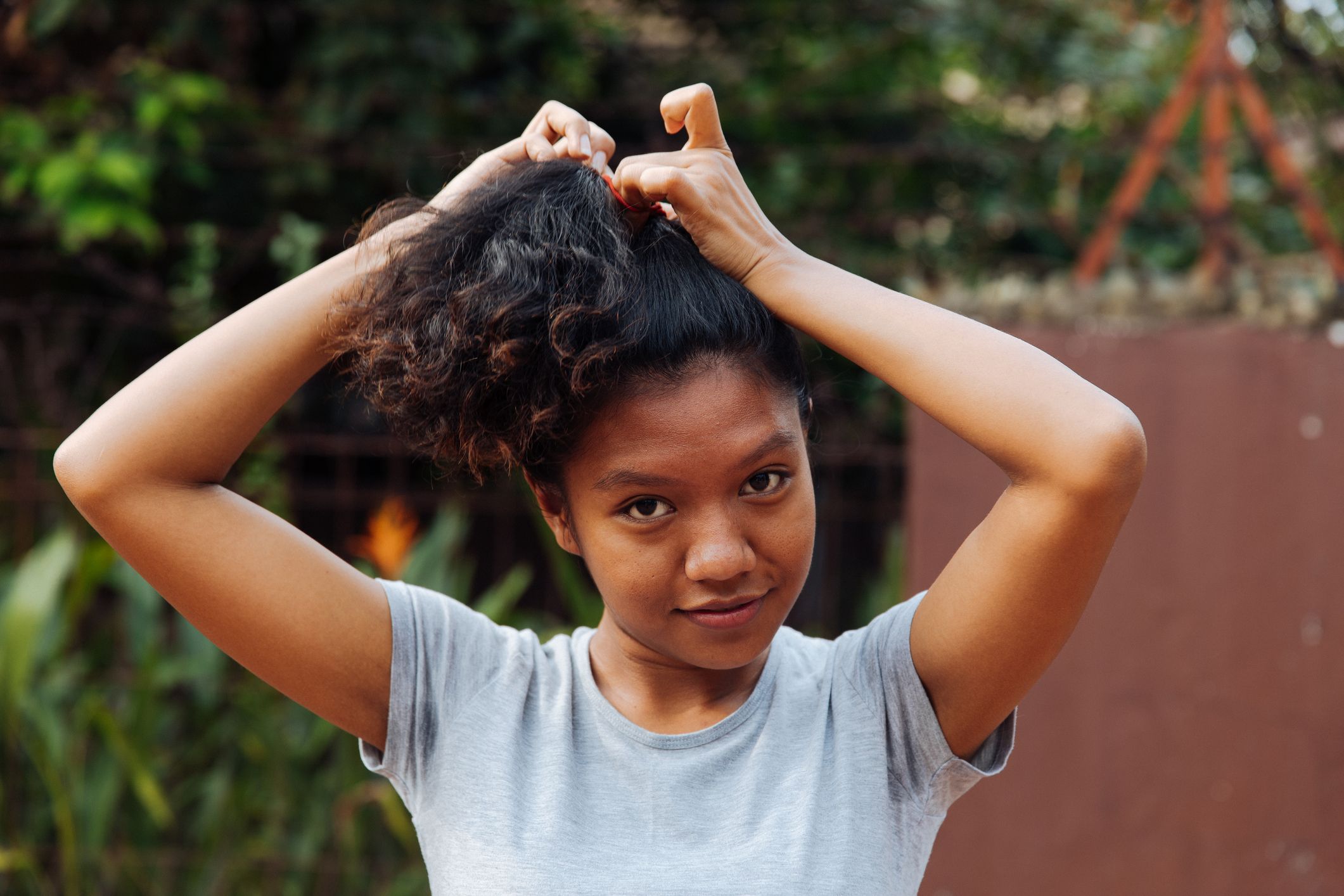
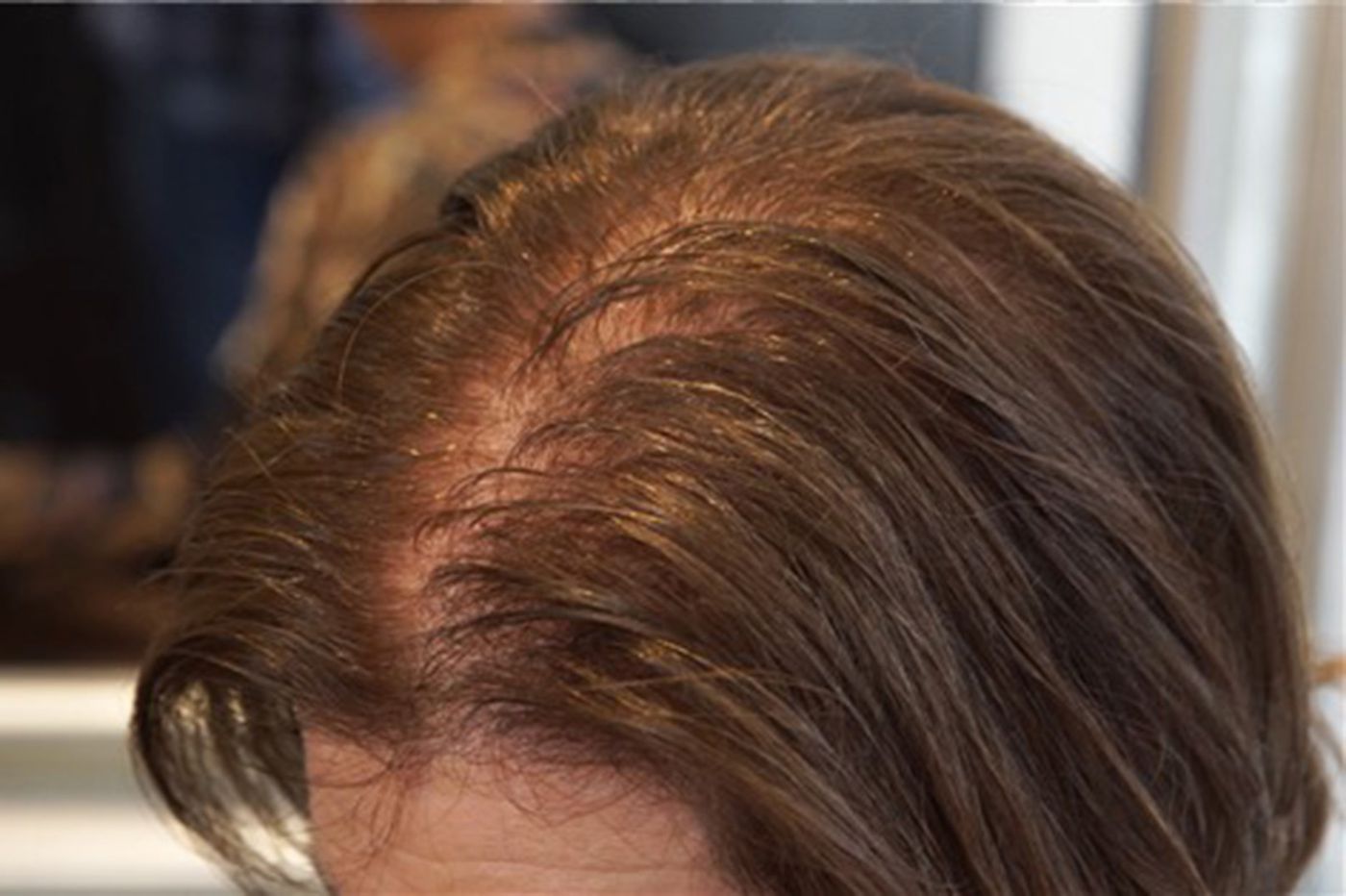
Female pattern baldness is more common in women than in men. Some studies have shown that female pattern baldness is associated with more emotional and psychological distress than male pattern baldness. This type of baldness is progressive, which means that if it’s not treated, it will continue to progress. Treatment for this condition can help a woman look her best.
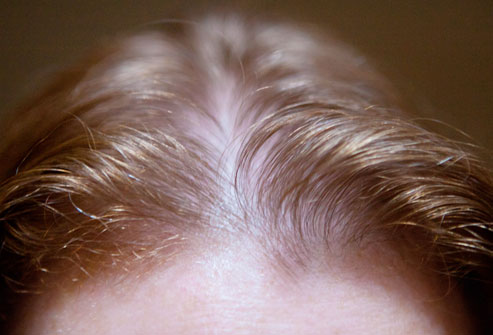
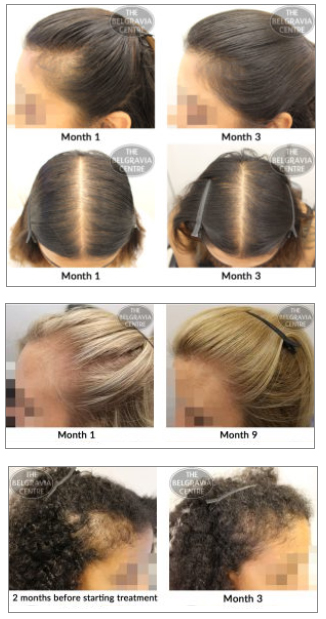
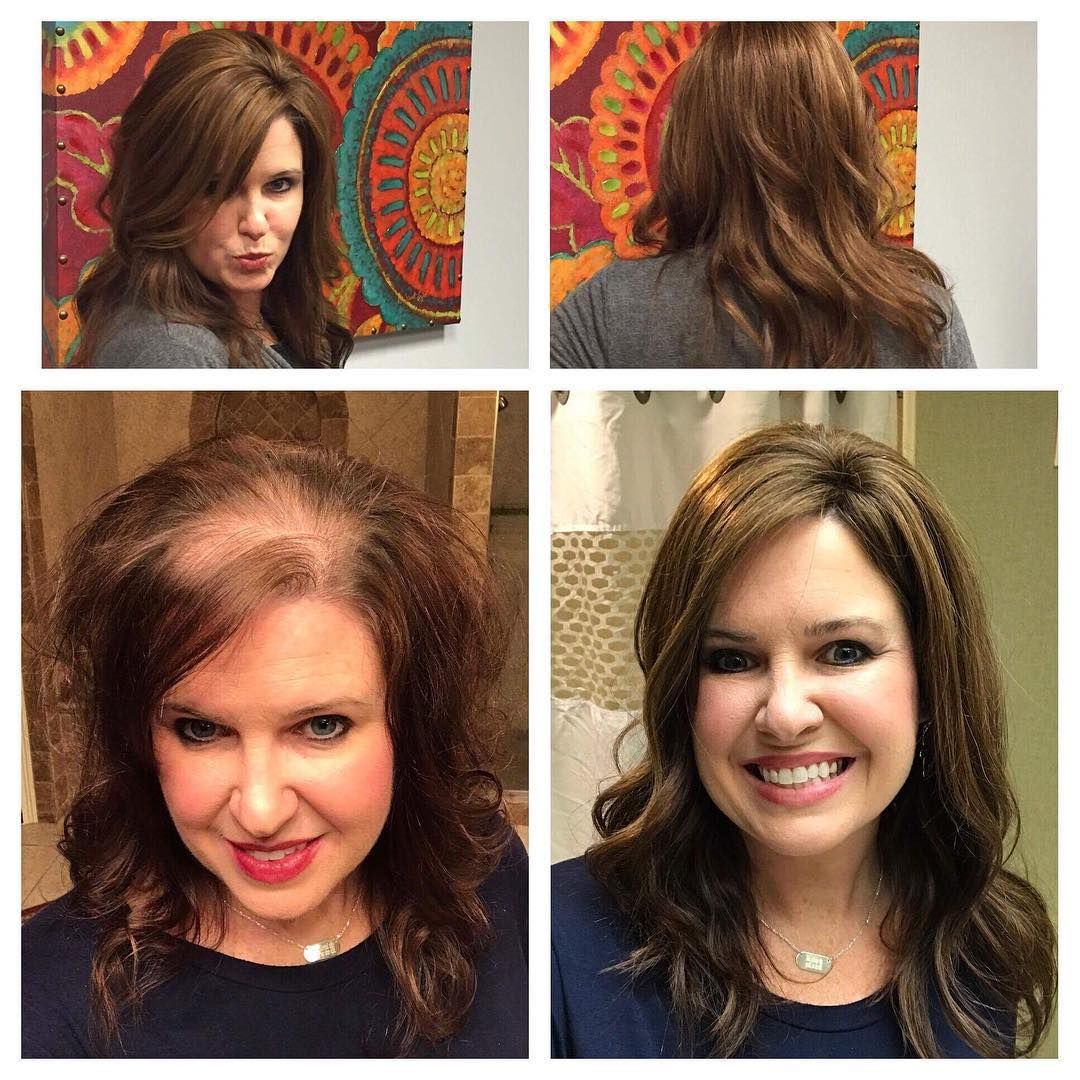
Genetics are thought to be a primary cause of female pattern baldness. However, other factors may play a role. For instance, a tumor of the ovary or pituitary gland can cause Hair loss. In addition, some medications can cause hair loss as a side effect. However, the hair usually regrows after stopping the medication.
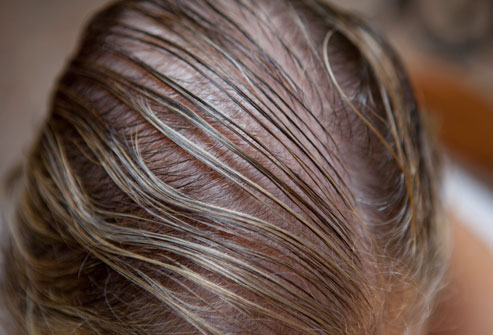
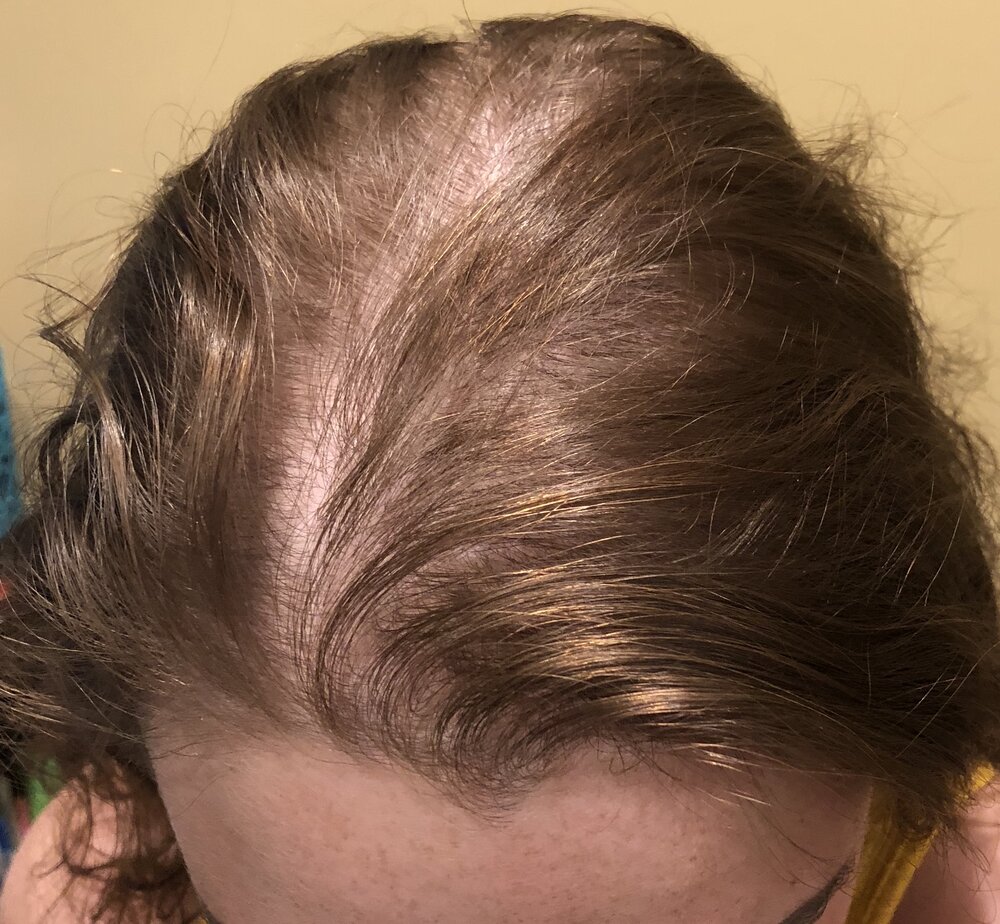
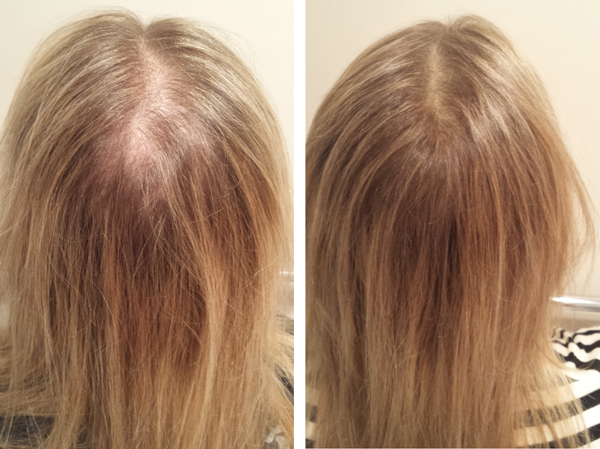
Treatment for female pattern baldness can be expensive and involve a variety of procedures. A hair transplant involves transplanting tiny plugs of Hair from an area that is thick and healthy to the balding area. The procedure involves minimal scarring, but there is a slight risk of infection. Some insurance companies will cover hair transplants. Women who don’t want to undergo hair transplants can use wigs or hairpieces to hide their hair loss.
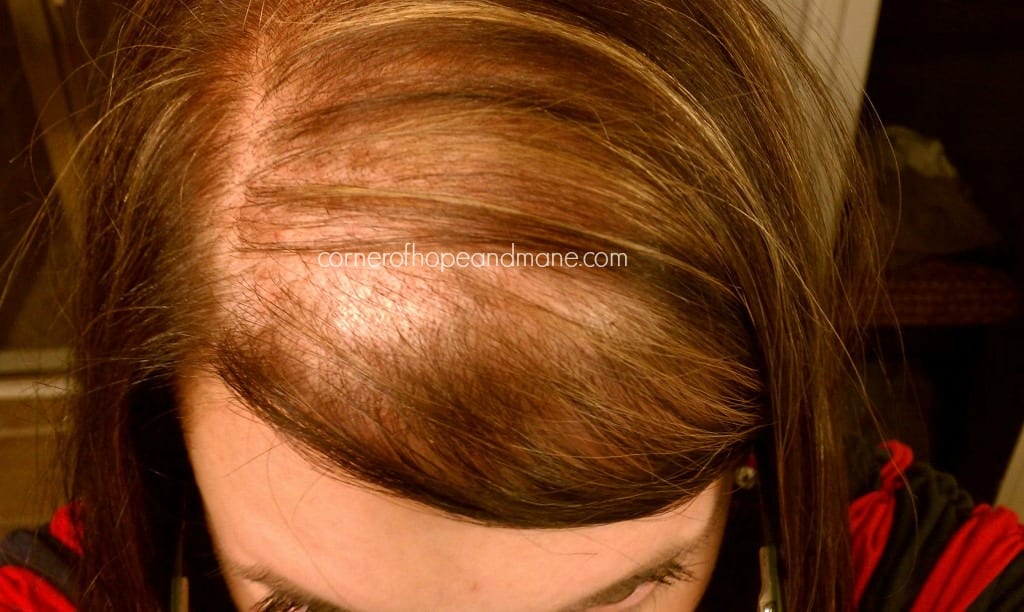
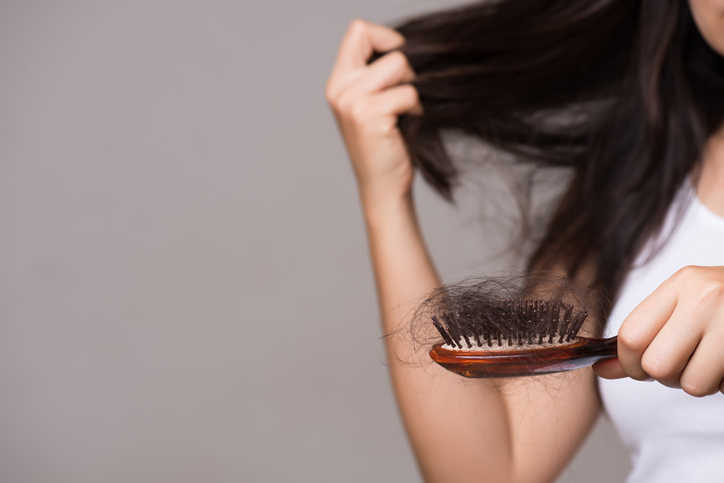
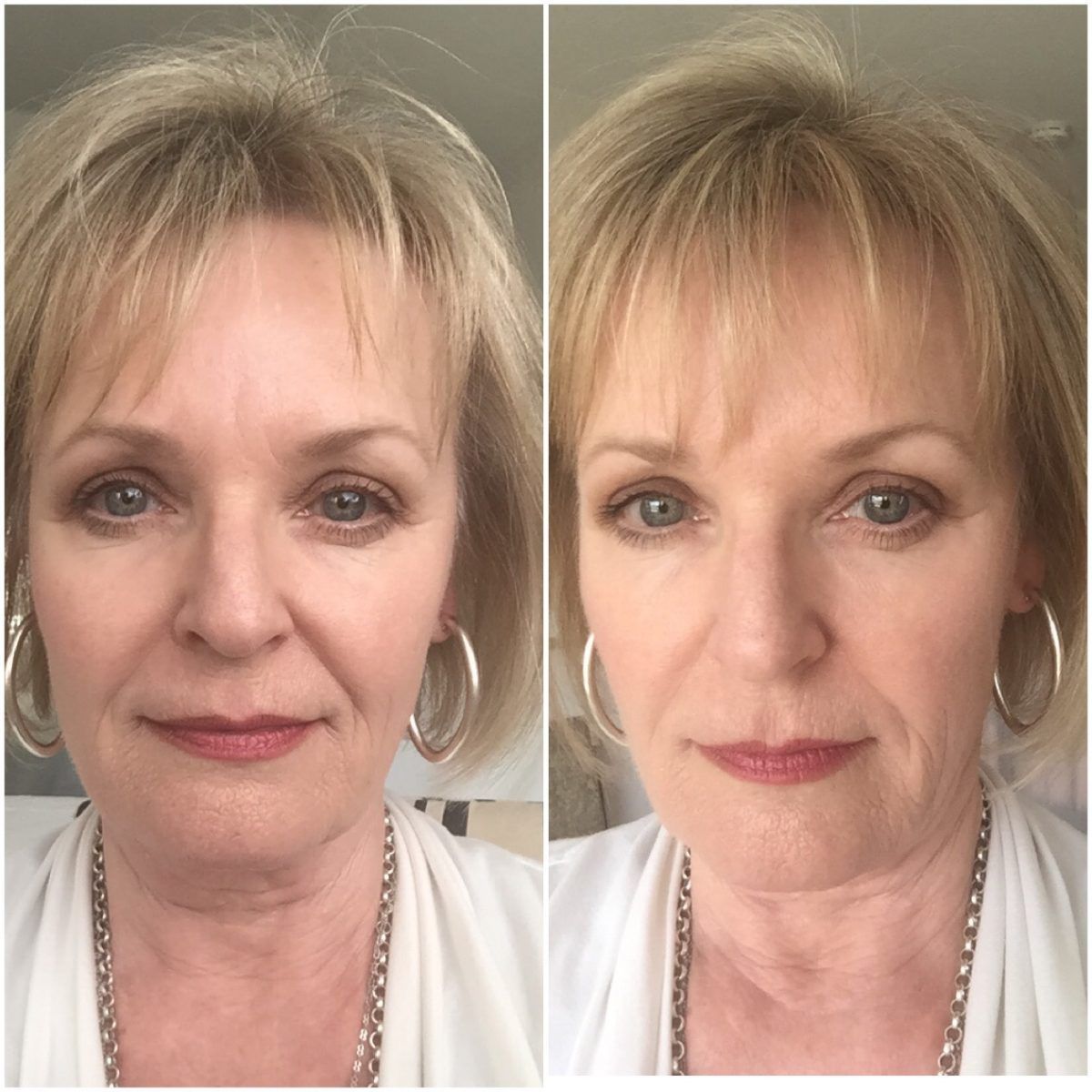
Minoxidil is a prescription drug that can help women who are suffering from female pattern baldness. Minoxidil is a medication applied to the scalp and may help slow the process of hair loss in up to 40% of women. However, it has to be used for several months to produce noticeable results. Patients who stop taking the medication may experience side effects such as itching, dryness, and redness.
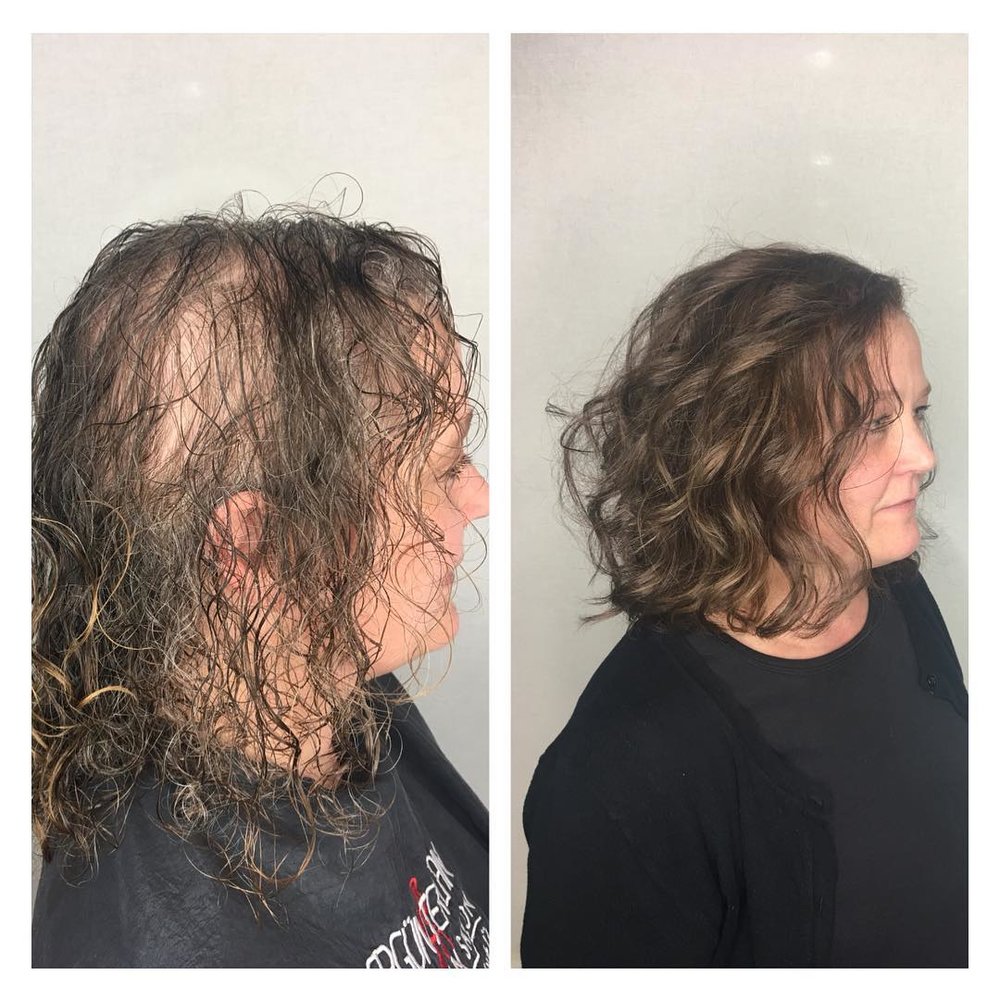
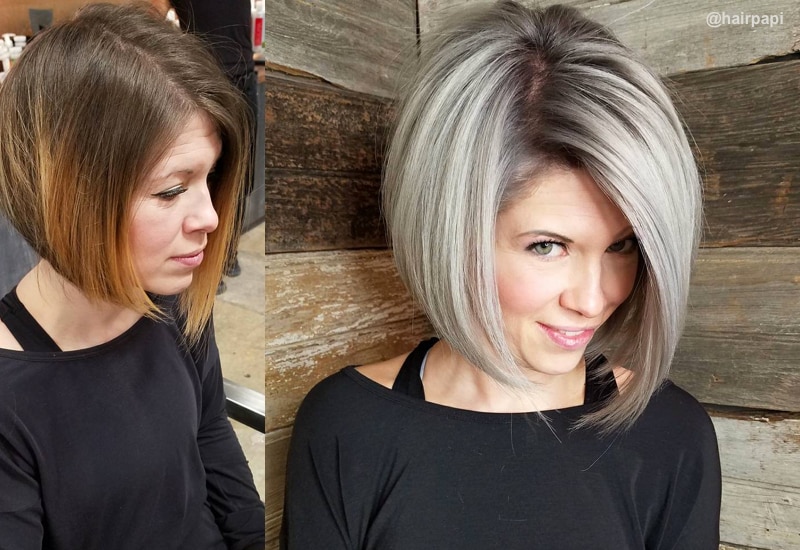
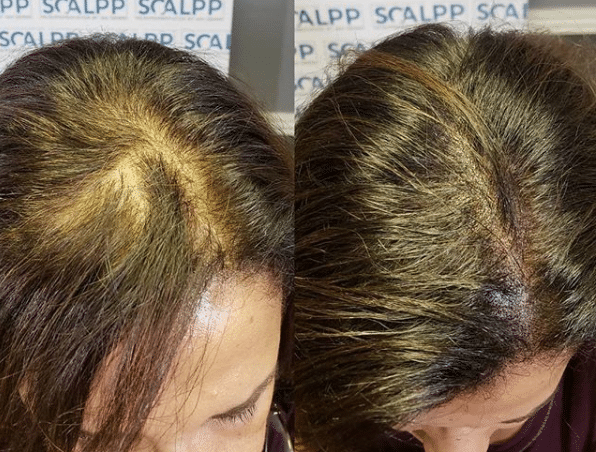
A woman’s hair loss can be triggered by several factors. Stress can cause the follicles to shrink. In women, the hormone DHT is partially responsible for the miniaturization of hair follicles. Genetics and heredity play a significant role in the development of female pattern baldness. Another factor that can affect hair growth is traumatic events, such as a birth or divorce. Traumatic events can cause 90% of hairs to shift into a resting phase, called telogen effluvium, six to three months after the stressful event. This process can result in just a few handfuls of hair to fall out at a time.
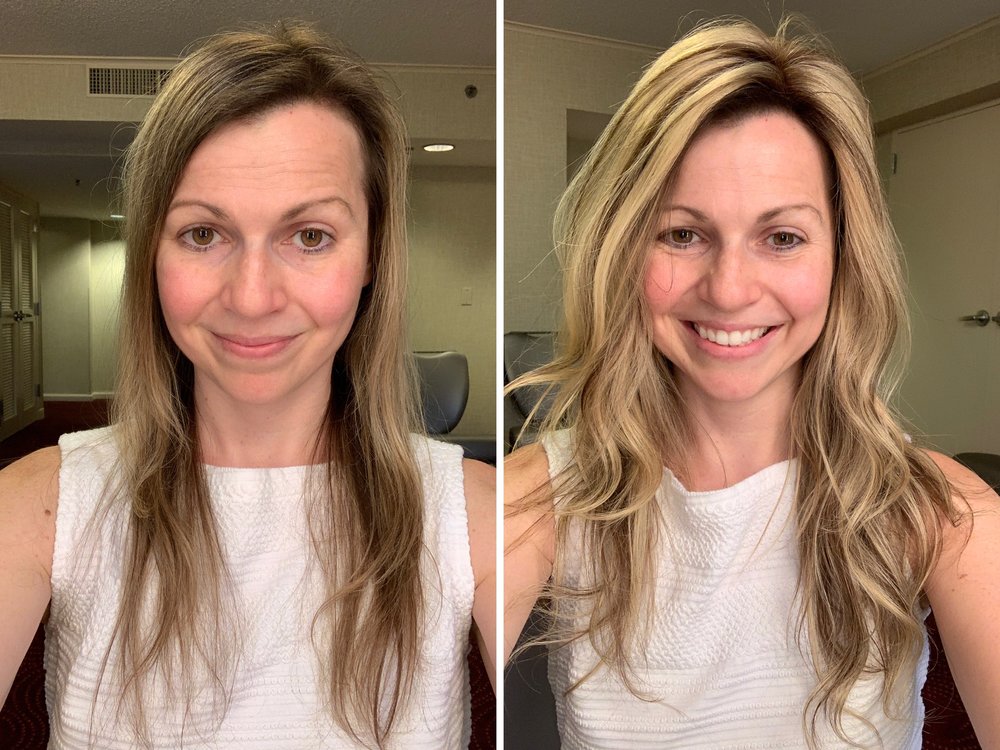
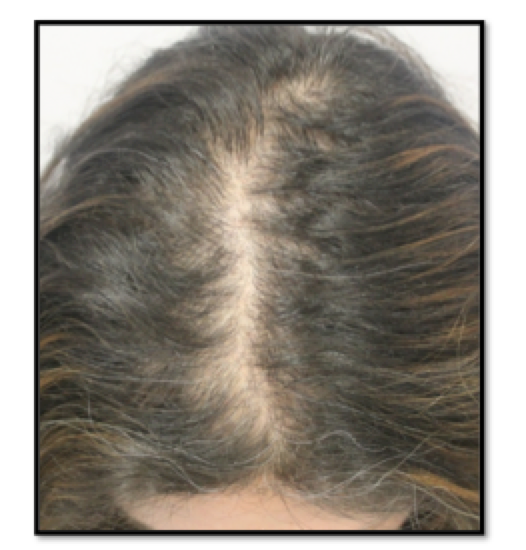
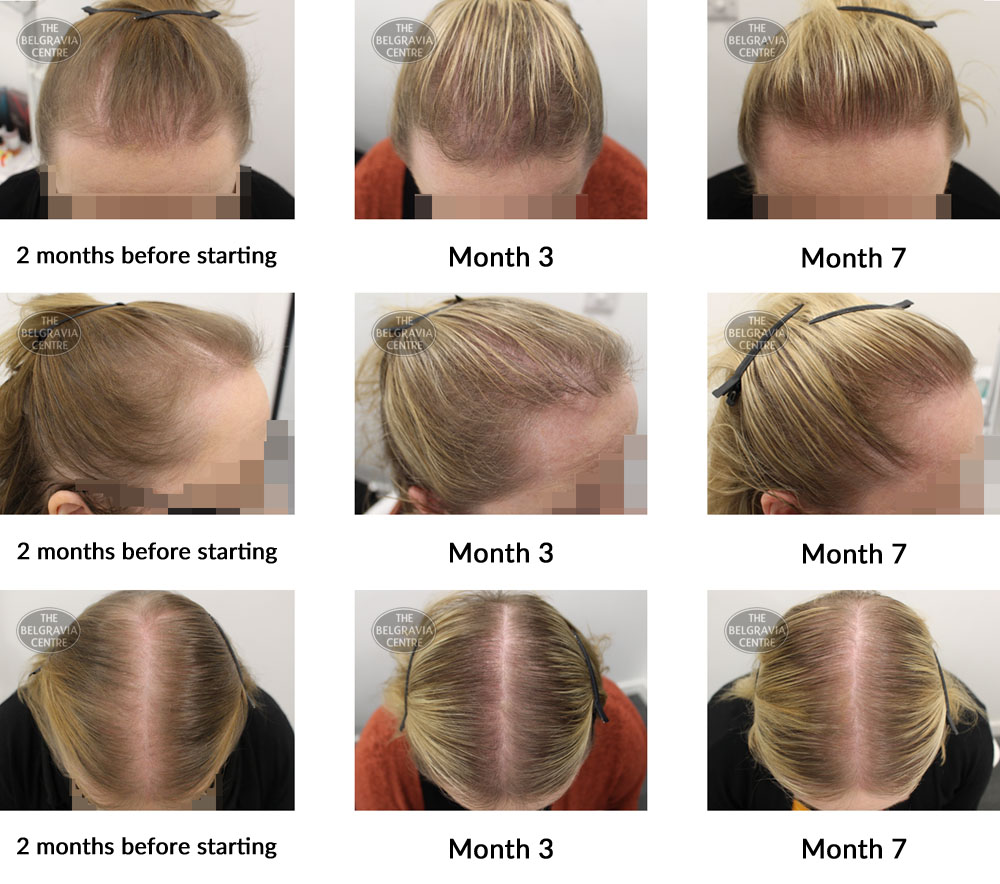
Women can experience female pattern baldness at any age, but it is most common among women after menopause. There are two main patterns of female pattern baldness. The first stage is characterized by mild hair thinning, and the second is more severe, resembling male pattern baldness.
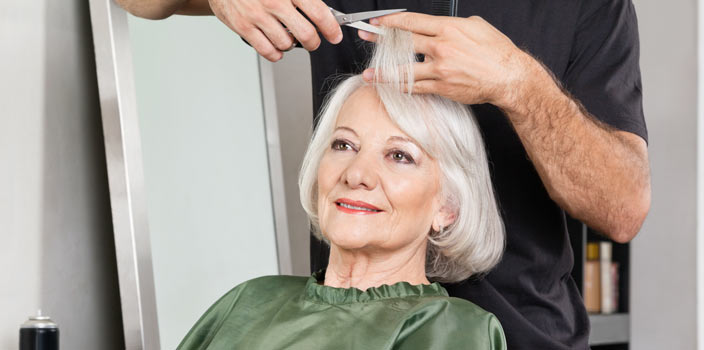
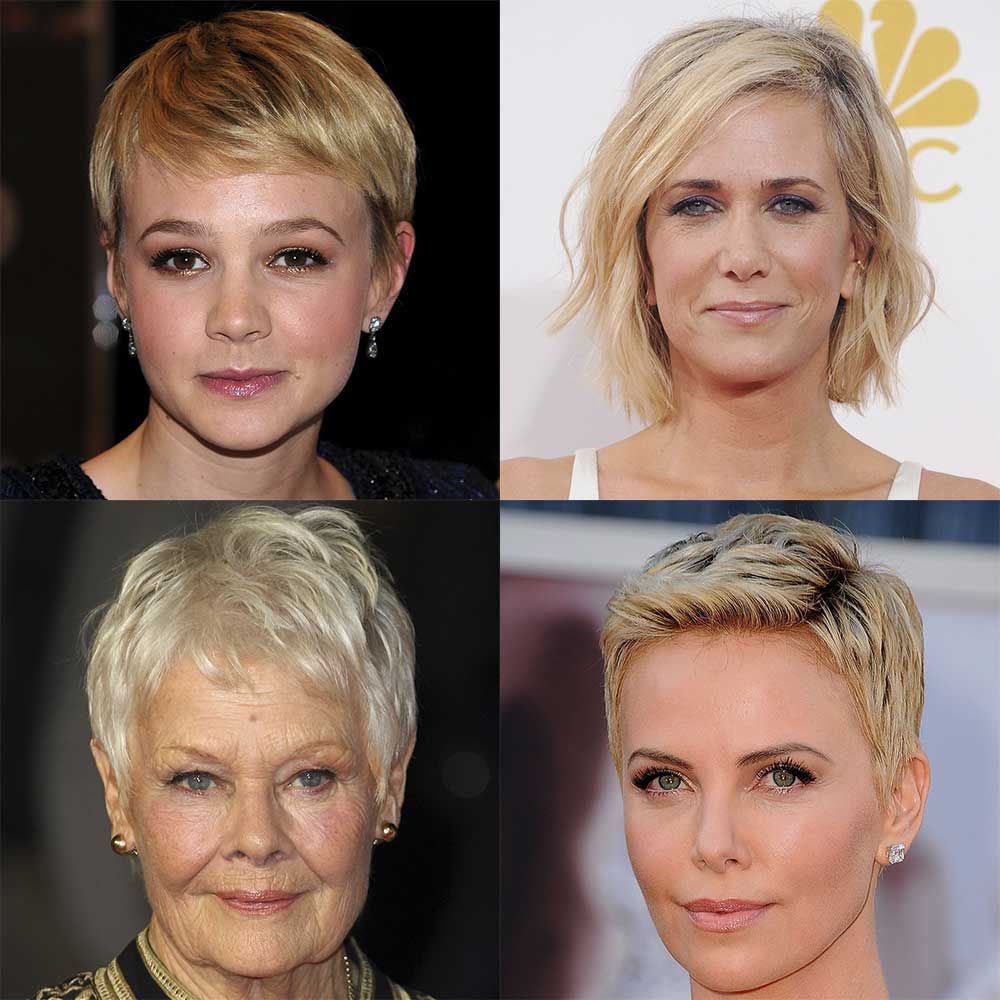
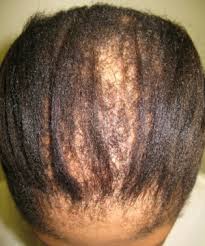
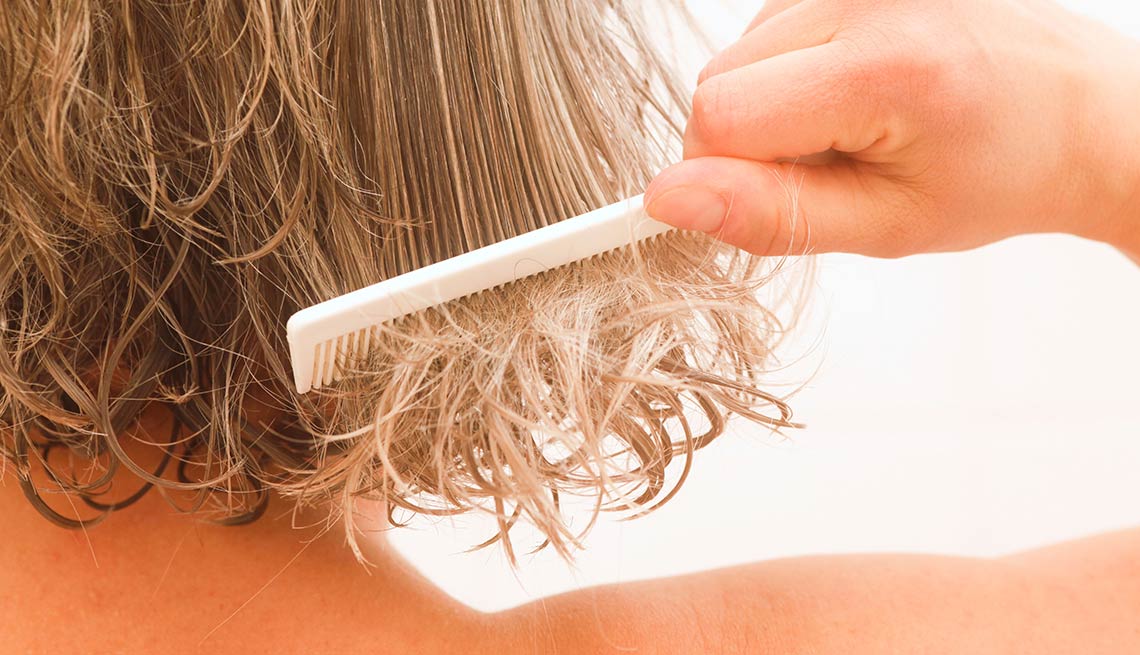

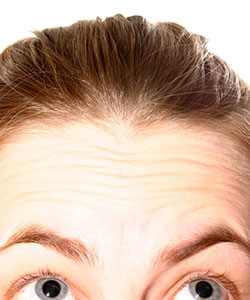
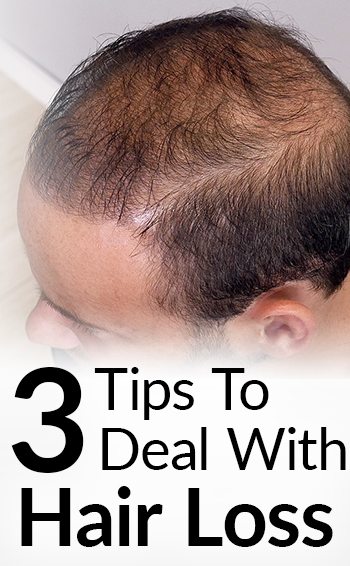
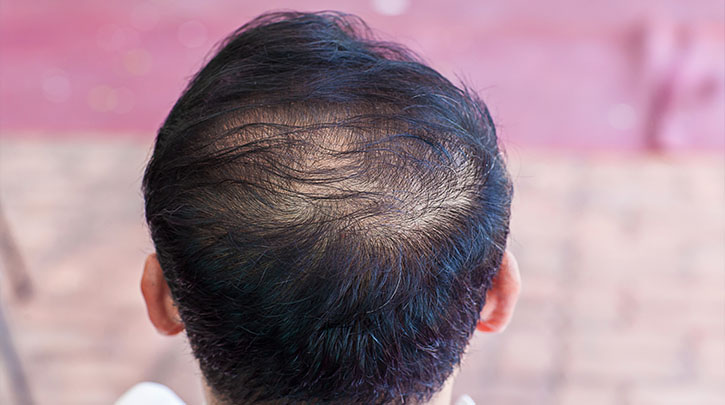
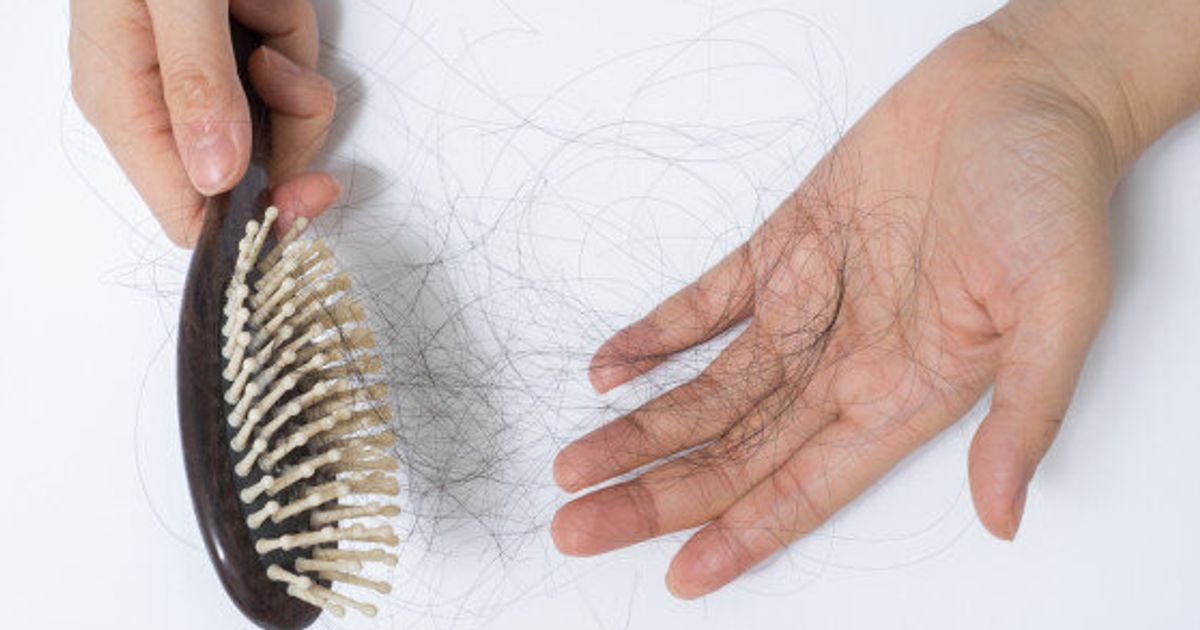


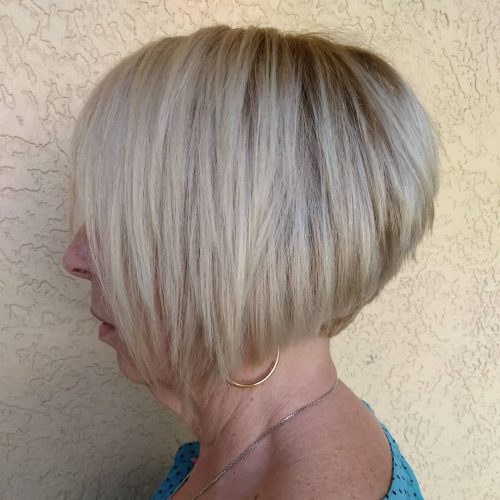

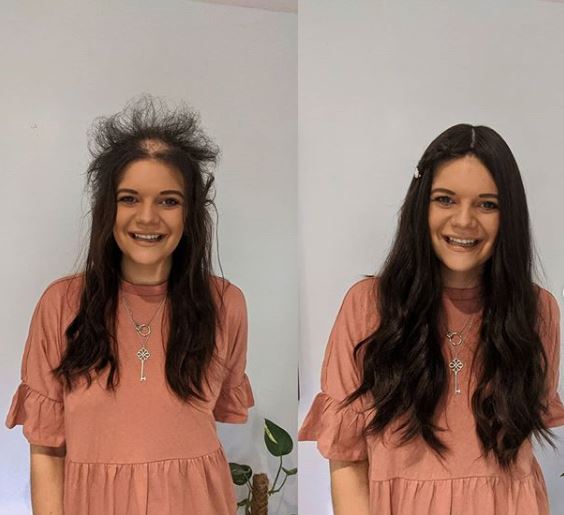

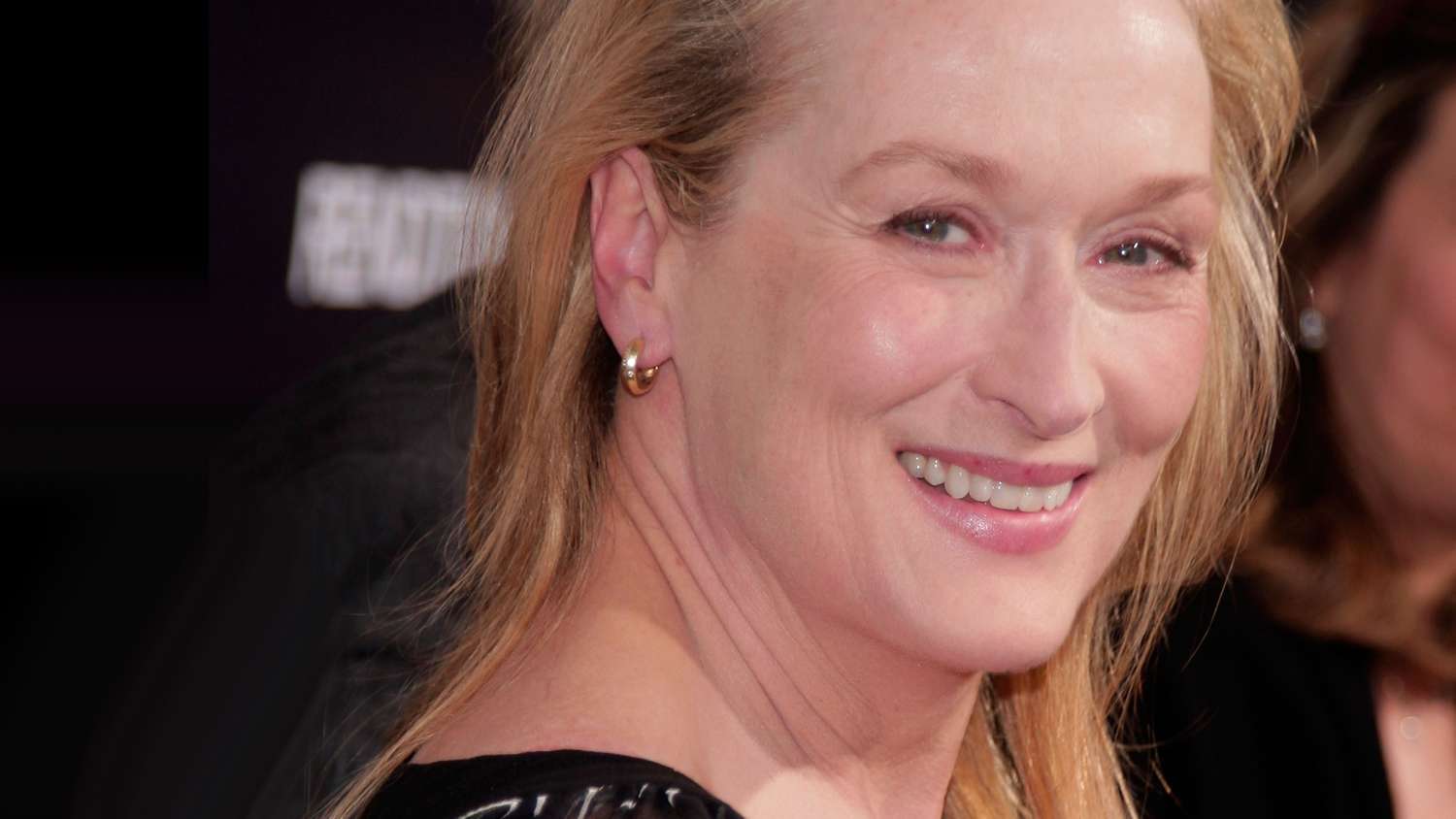

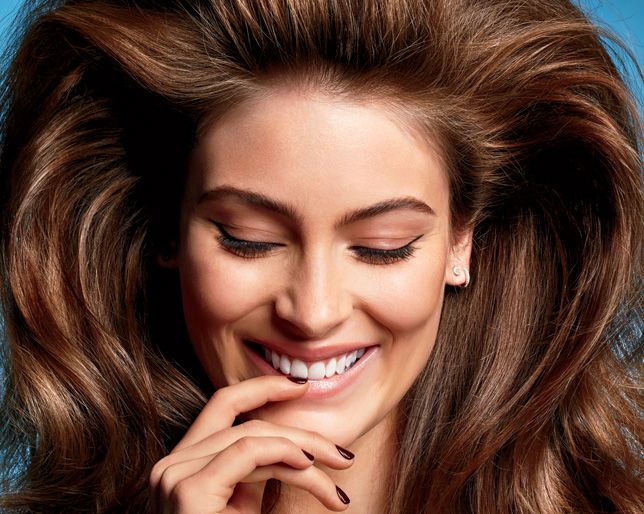
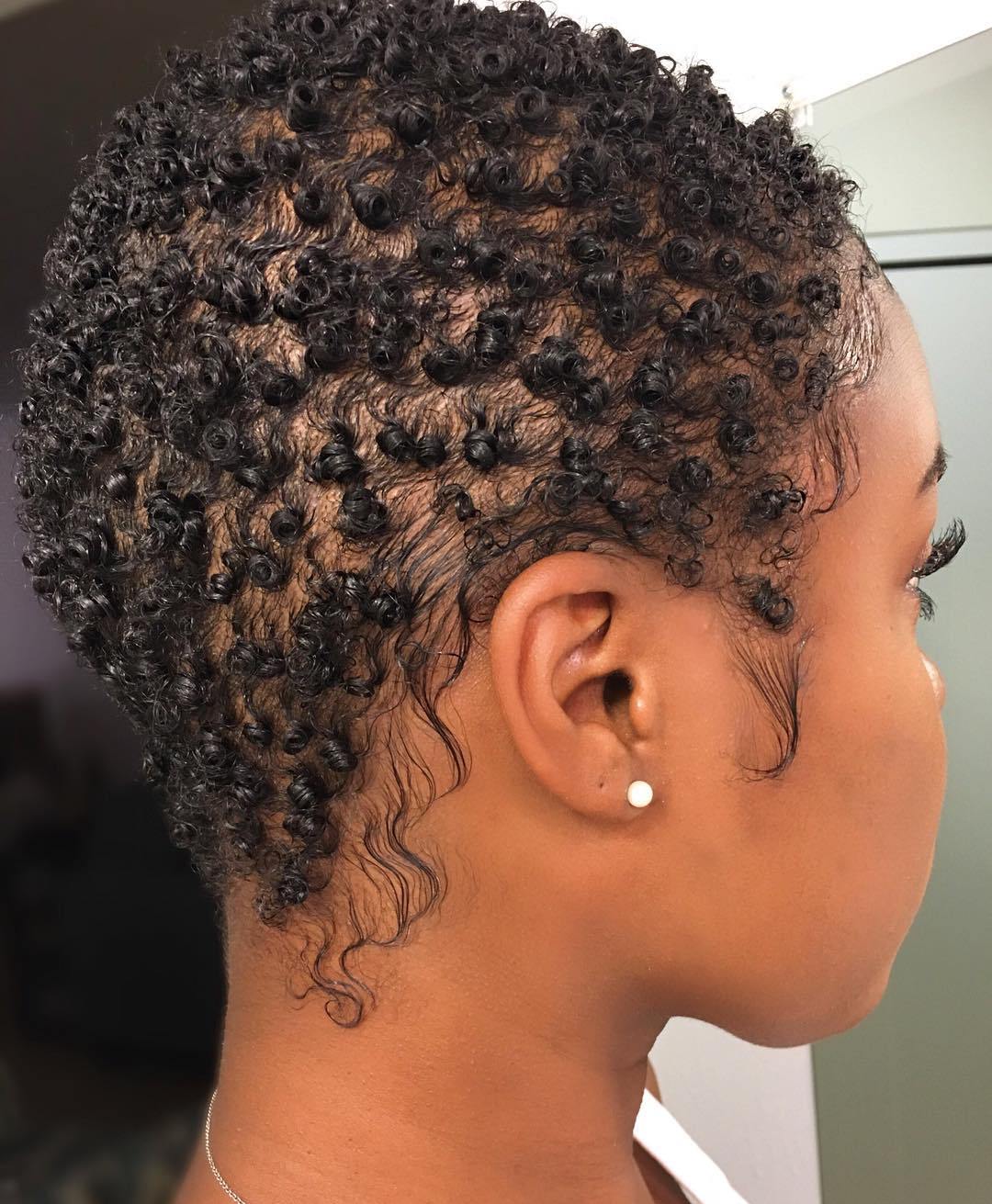

Other causes of thinning hair
Women often notice their hairline thinning behind their bangs. The hair loss may be progressive or diffuse, with thinning all over the scalp. Women who experience this type of thinning hair often see it develop in their mid-twenties. If the mother experienced similar hair loss, the woman may be at higher risk for developing this problem herself.
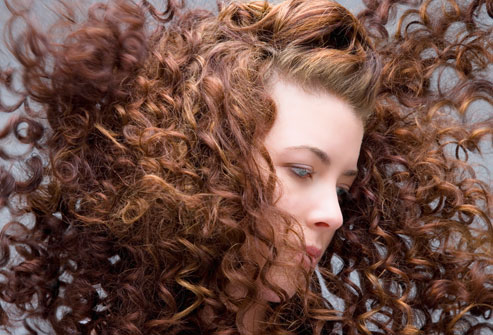
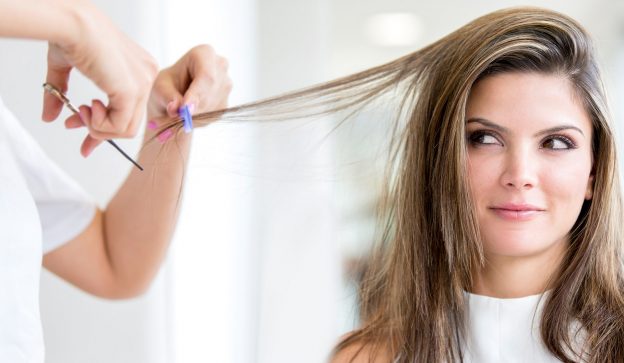
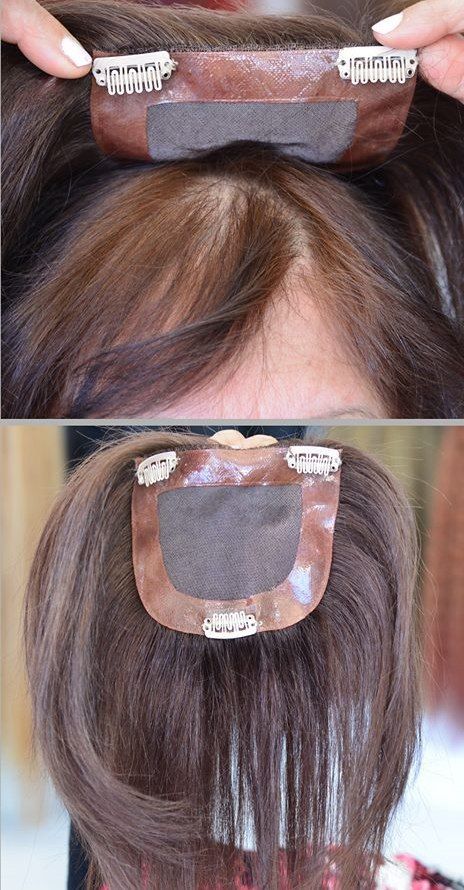
In some cases, thinning hair is an indicator of underlying health problems. However, it is not always a good indicator of a broader underlying issue. As such, it is important to consult your doctor if you are concerned about thinning hair. Depending on the underlying cause, you may need treatment to treat the condition. A dermatologist can help you identify the cause and determine an appropriate treatment option.

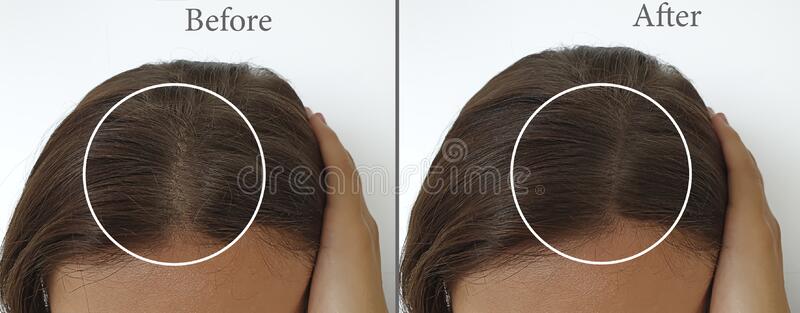
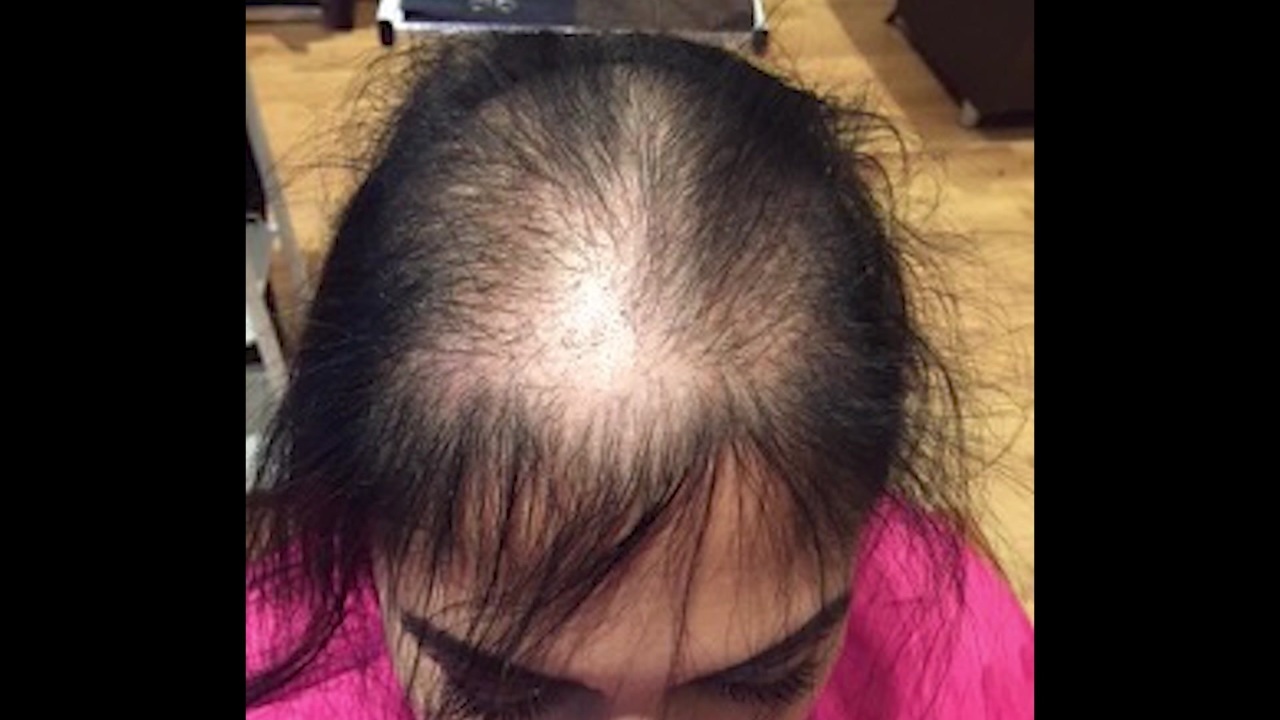
Stress and physical trauma can disrupt the hair cycle and result in thinning hair. A severe injury, surgery, or burn can cause your system to go into shock and cause hair loss. Some types of shocks can lead to up to 75 percent hair loss. The good news is that treatments can slow or stop the loss. For many people, the best treatment is early diagnosis and treatment. While this isn’t always possible, early treatment can be extremely effective.
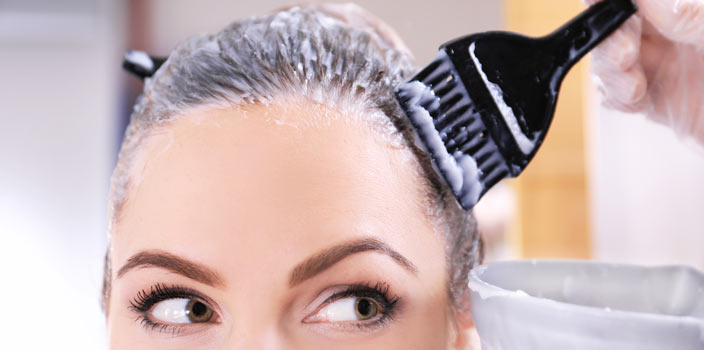


The most common cause of hair loss among women is a genetic predisposition to hair loss. The condition is triggered by changes in hormone levels or a genetic sensitivity to certain hormones. Environmental factors can also affect the condition. Women who suffer from female pattern thinning may also experience hormonal imbalances that cause the hair to thin or fall out prematurely.
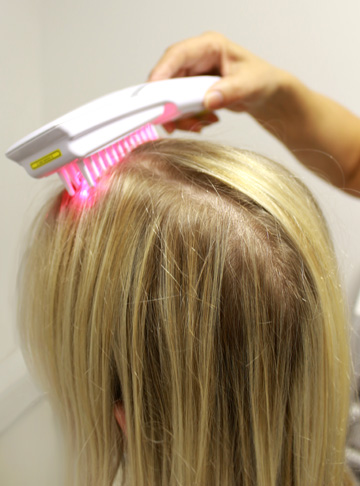
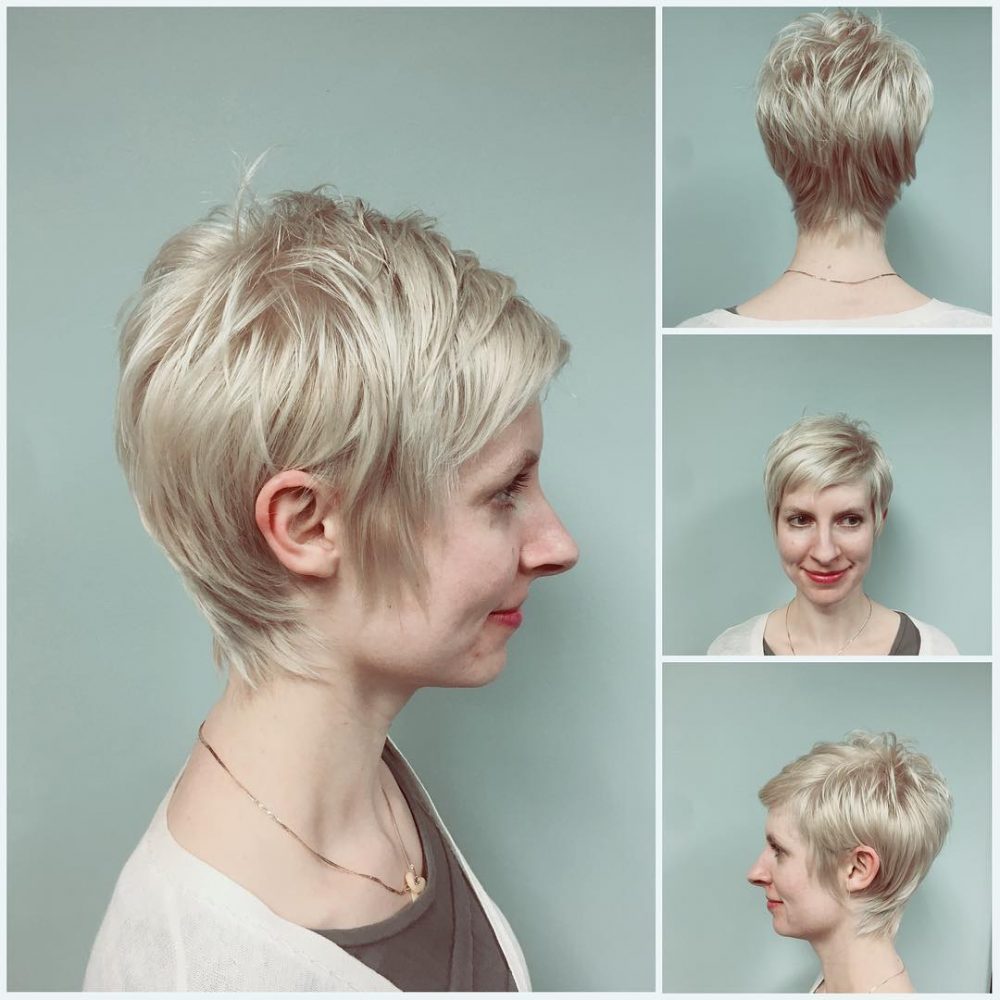

Stress and poor nutrition are both major causes of thinning hair. These two factors are closely related, but are not always the same. Stress and poor diet can exacerbate a genetic predisposition to hair loss. Certain illnesses and medications can also contribute to thinning hair. Women are more susceptible to hair loss than men, and the condition can start at any age.
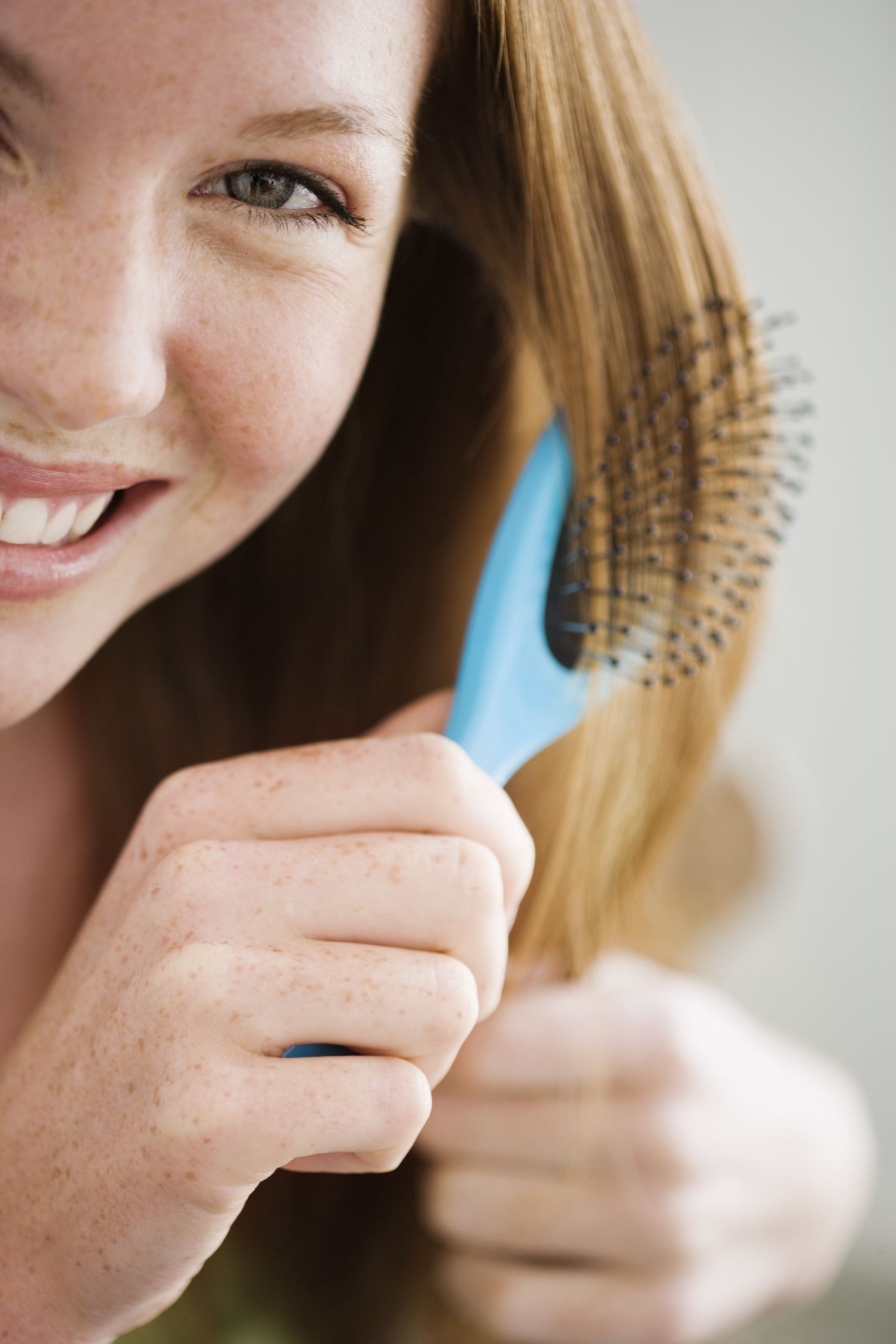

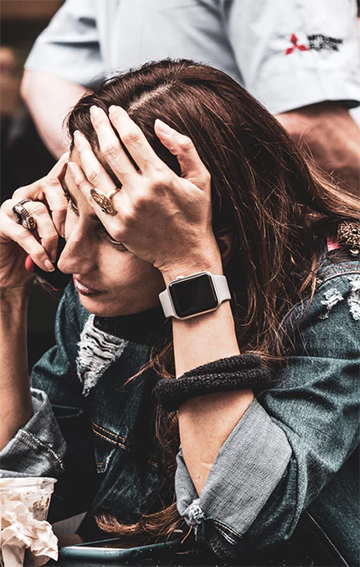
Hair loss may be temporary or permanent. In many cases, hair regrows after a period of time. However, it is important to visit a healthcare professional if you notice sudden hair loss. Some treatments can improve your hair health and increase your hair growth. There are also several home remedies that can be effective in boosting hair growth.
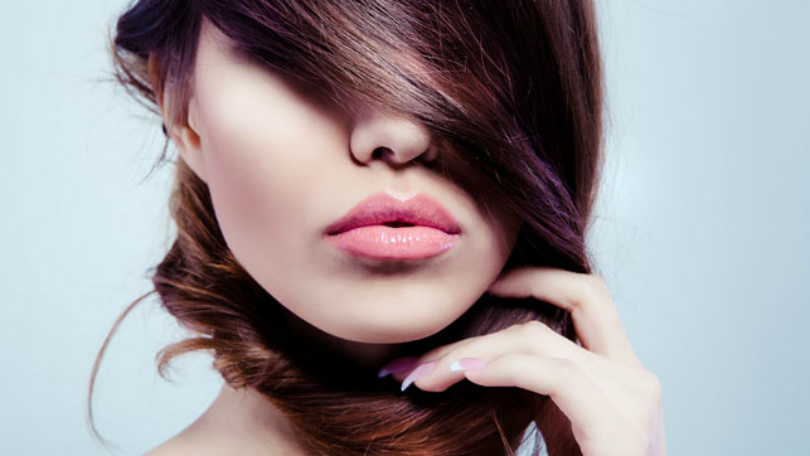
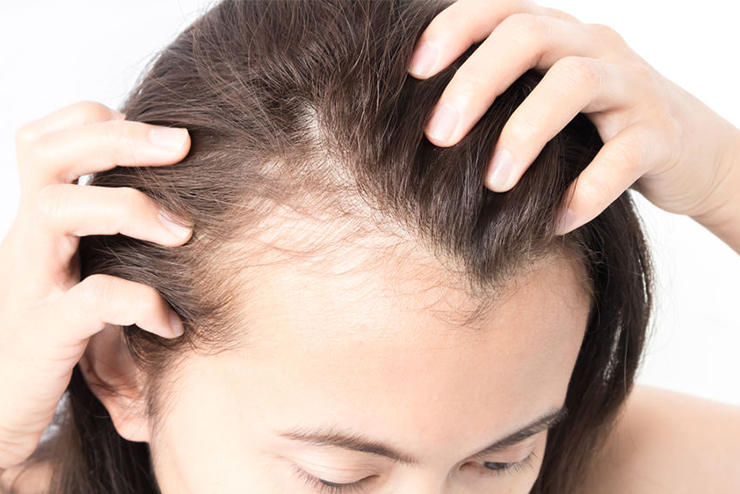
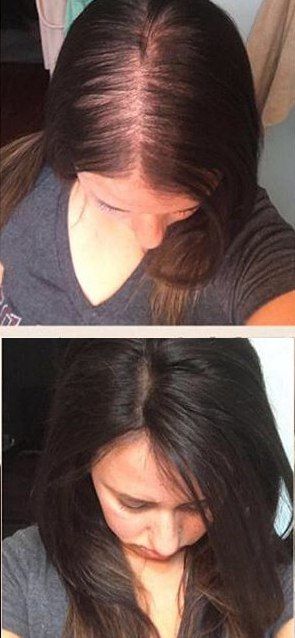
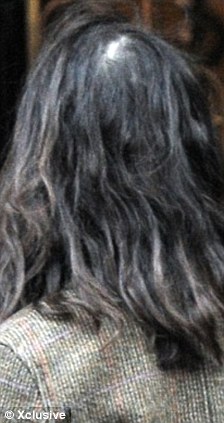
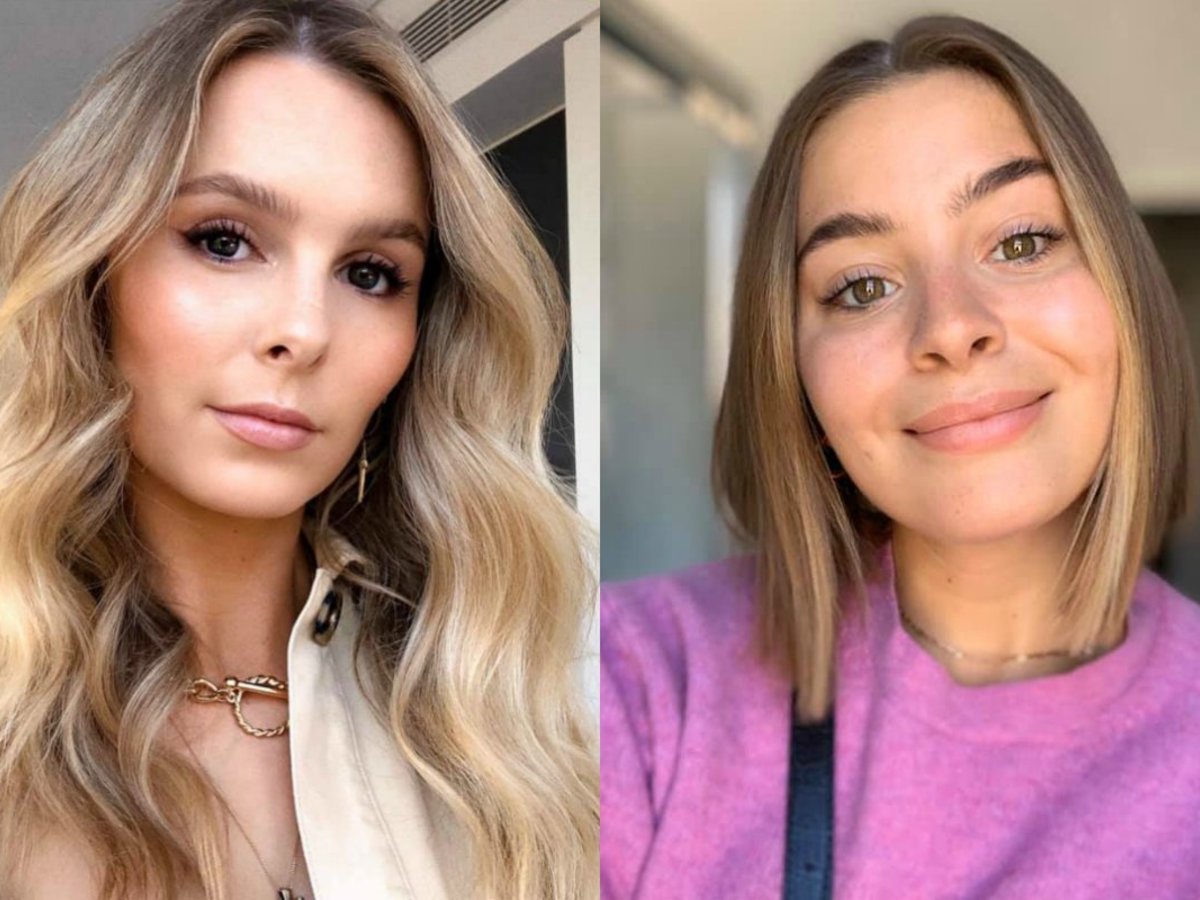
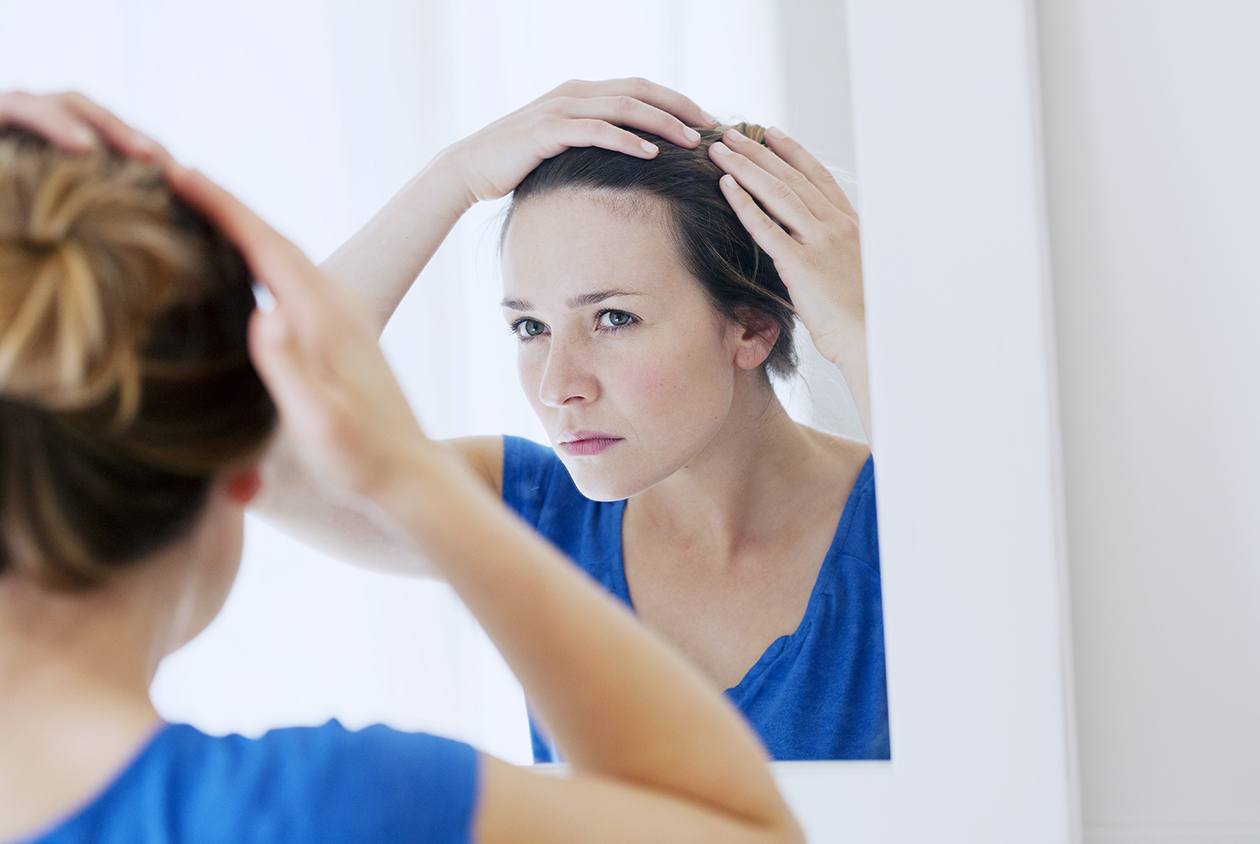

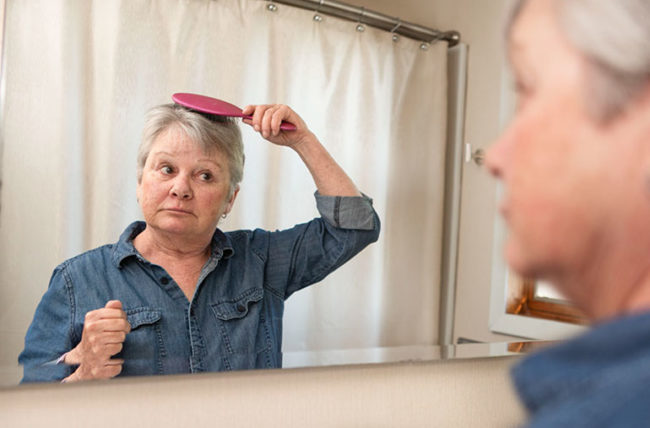


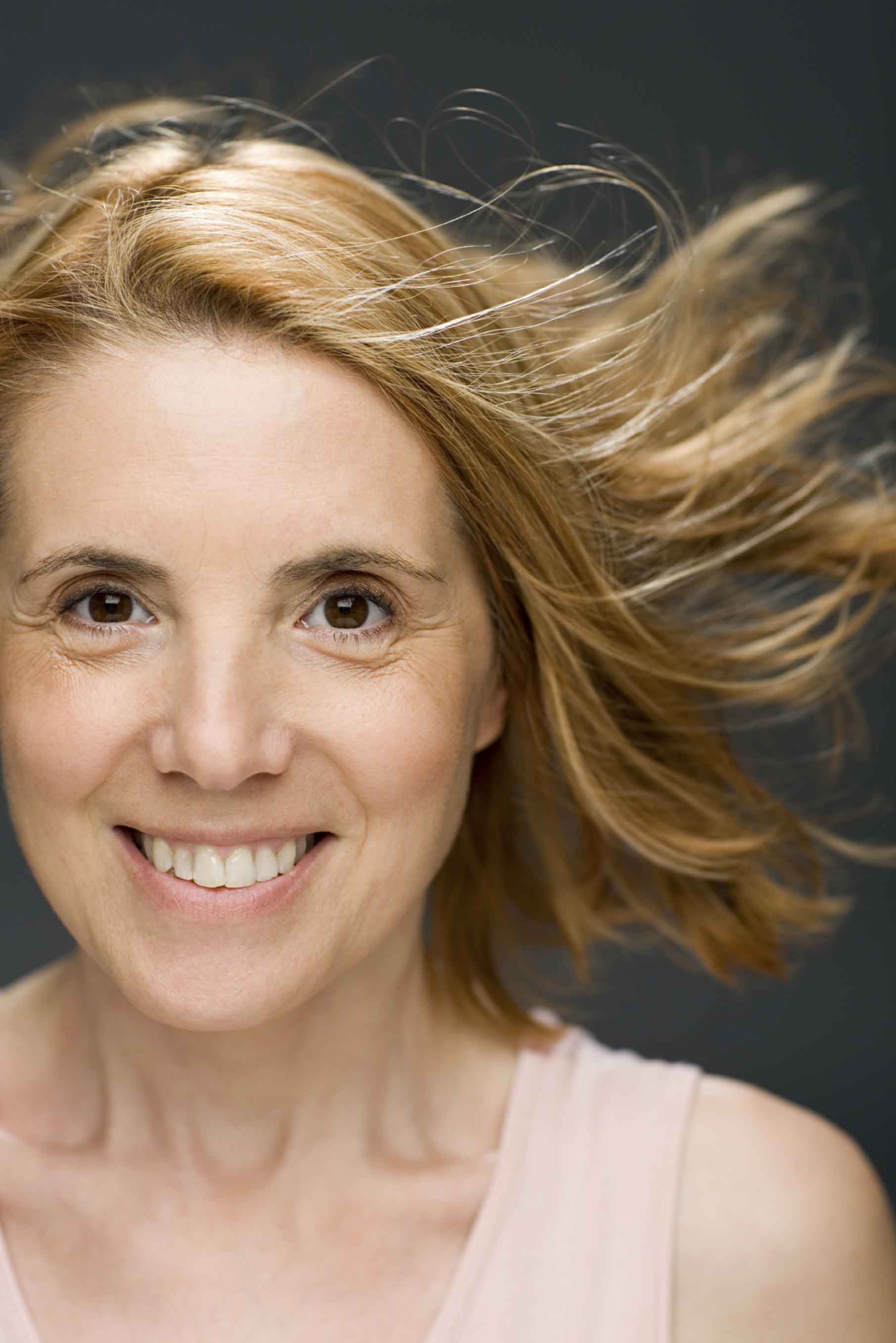
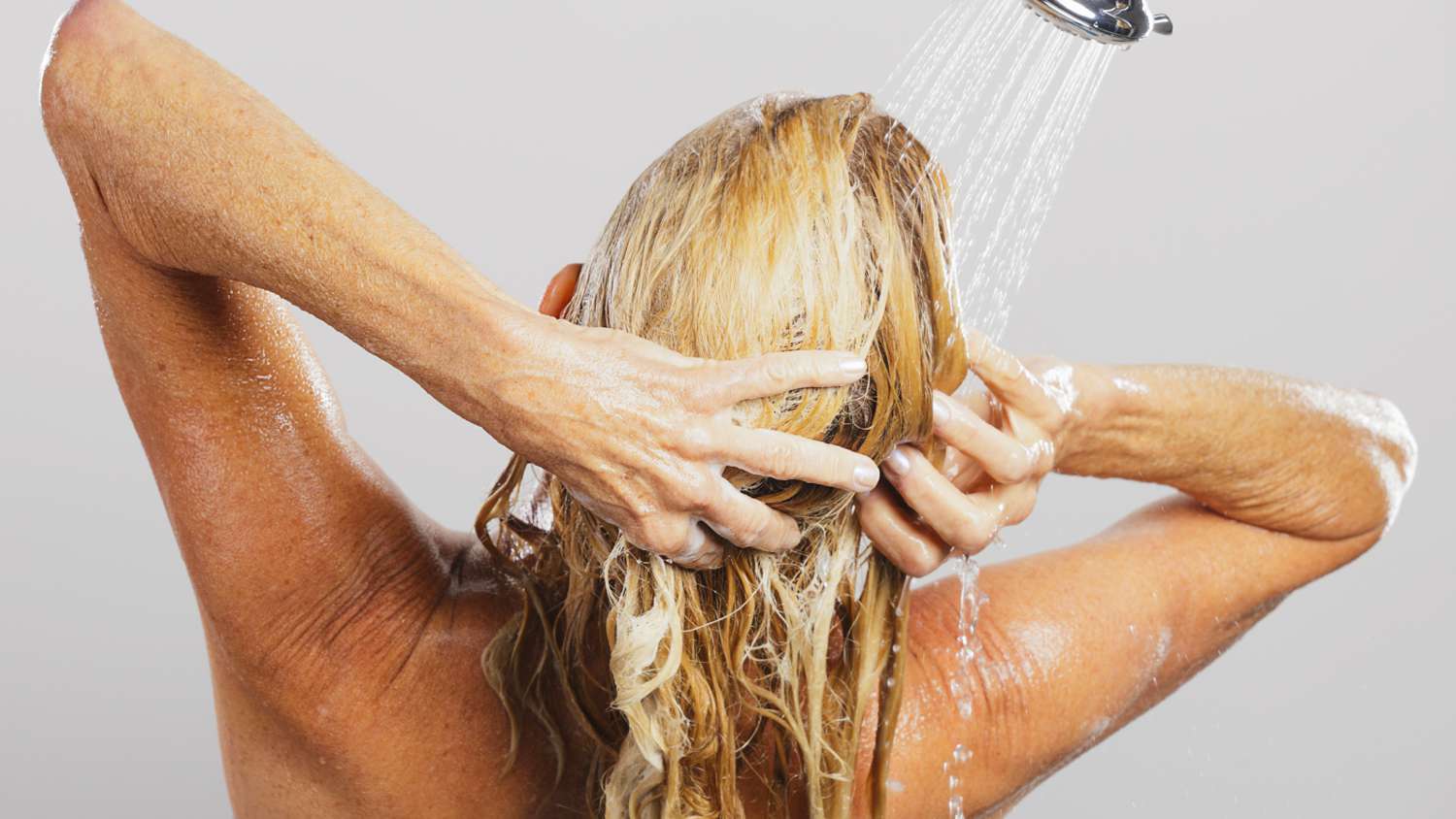
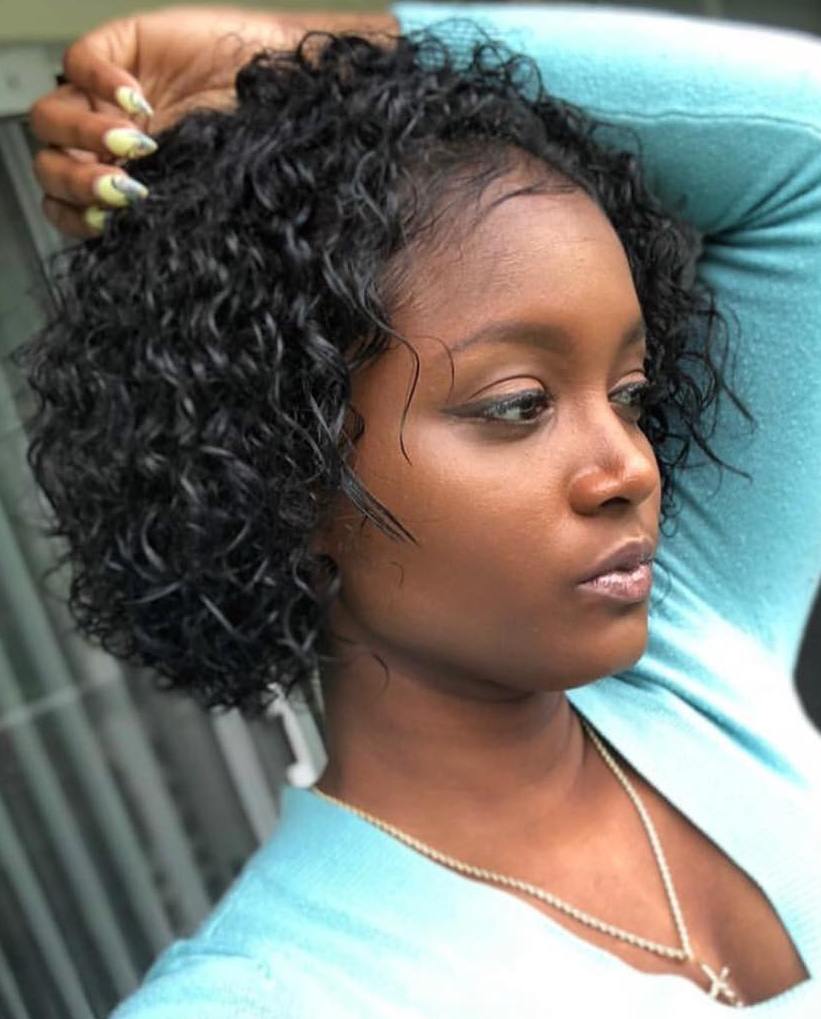


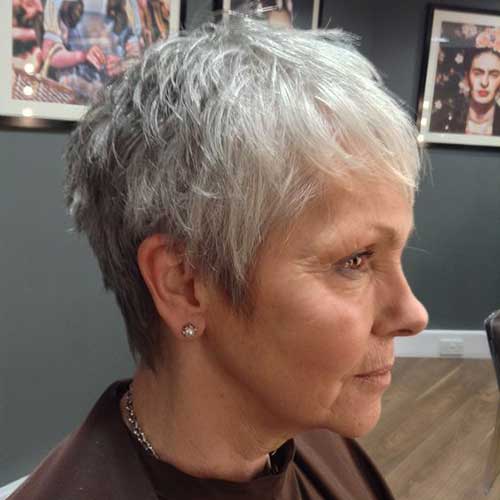
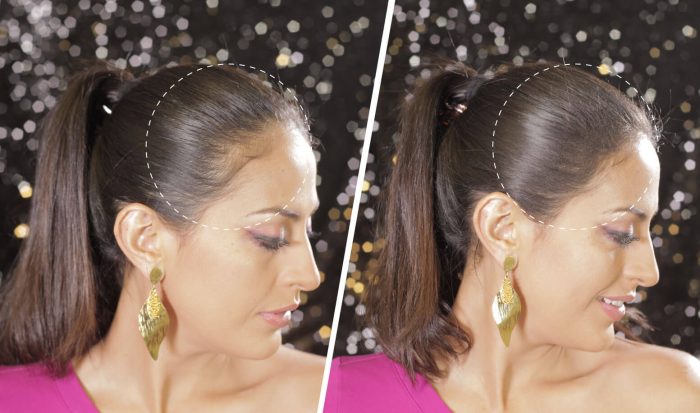
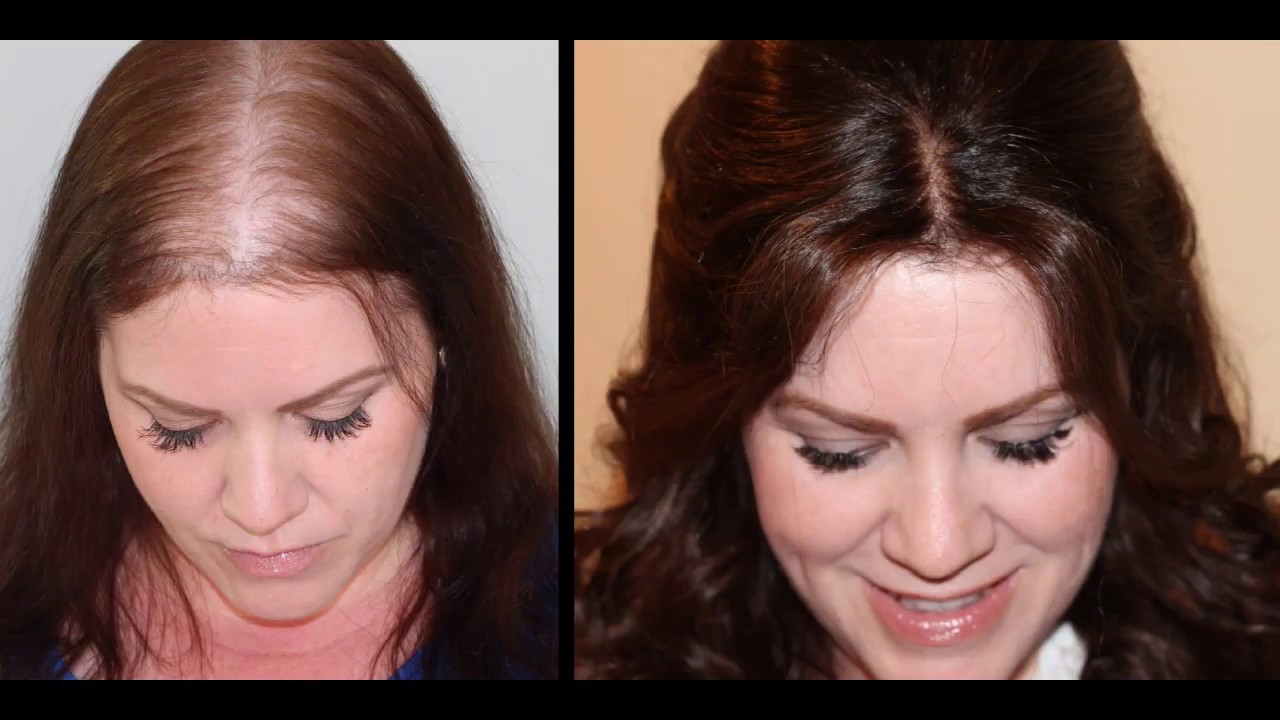

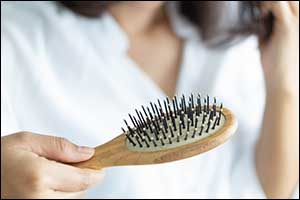
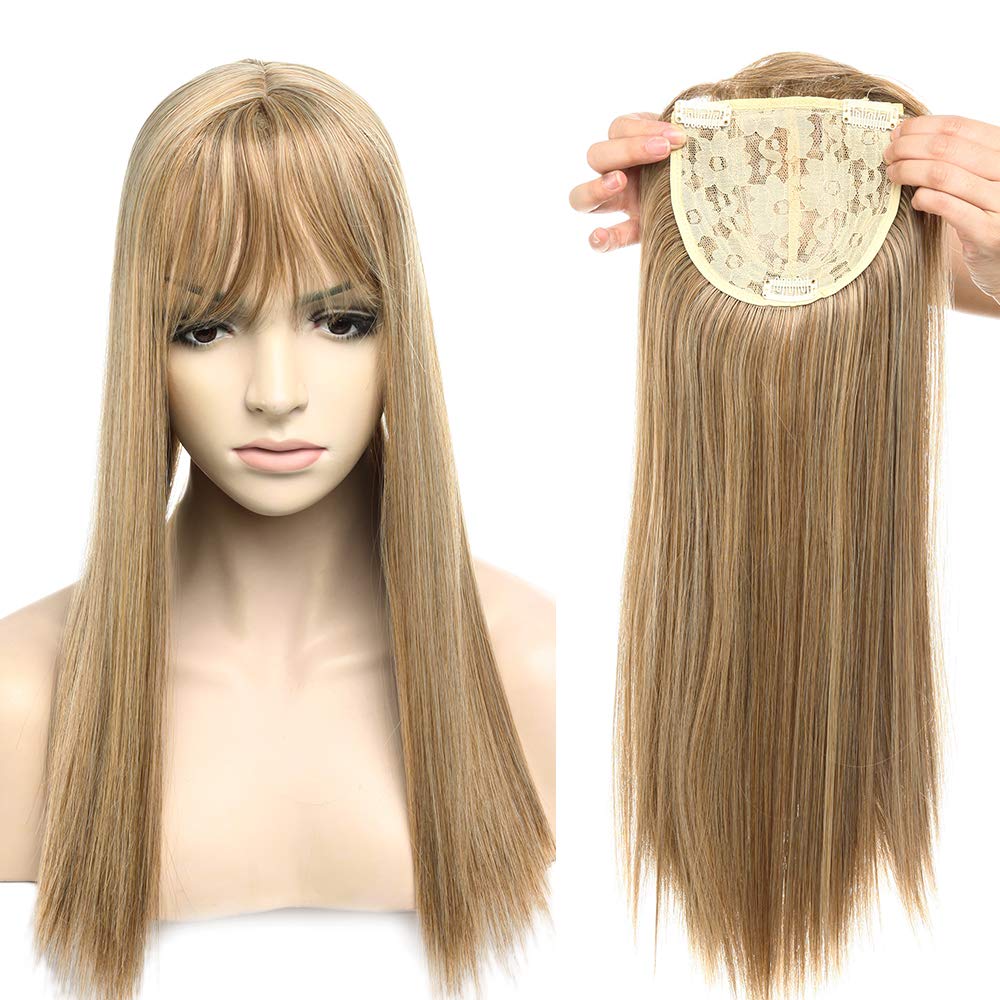



Treatments for thinning hair
Hair loss is a common complaint of many women. Specifically, women often experience thinning hair on the top of their heads. This is a noticeable and common symptom, and a defining feature is a widening part. However, hair loss doesn’t necessarily mean baldness, as many women retain a healthy amount of normal, thick hair behind the part. If thinning hair is a persistent problem, a woman should see a doctor to rule out an underlying medical problem. Hair loss is often an indication of hormonal problems, thyroid problems, and anemia.
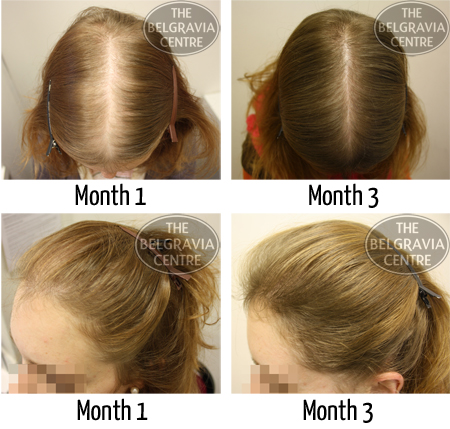
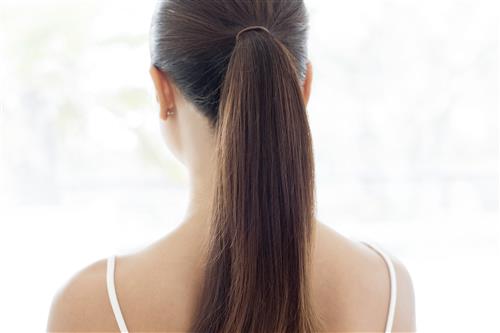
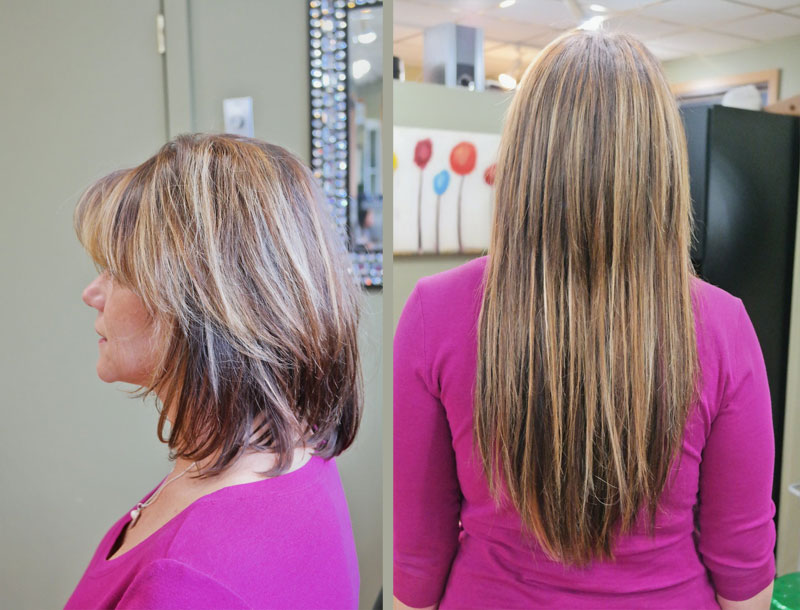
Fortunately, there are natural treatments for thinning hair in women that are affordable and easy to find. These treatments often focus on balancing hormones and stress levels, as well as eating a healthy diet. While these methods aren’t permanent, they can be highly effective.
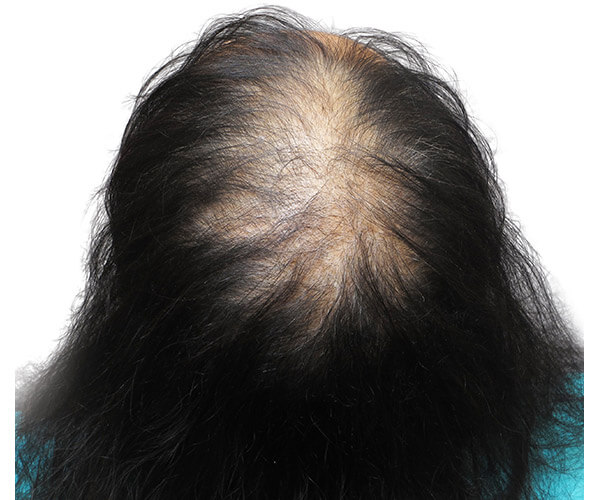
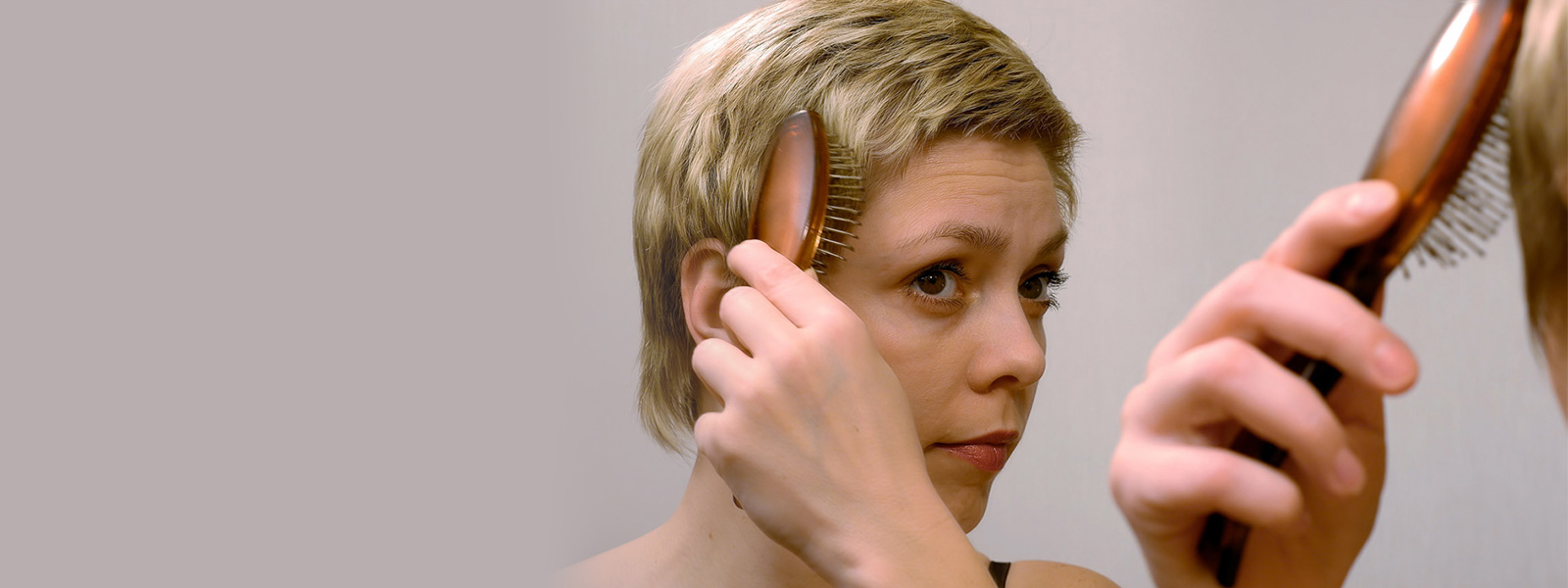
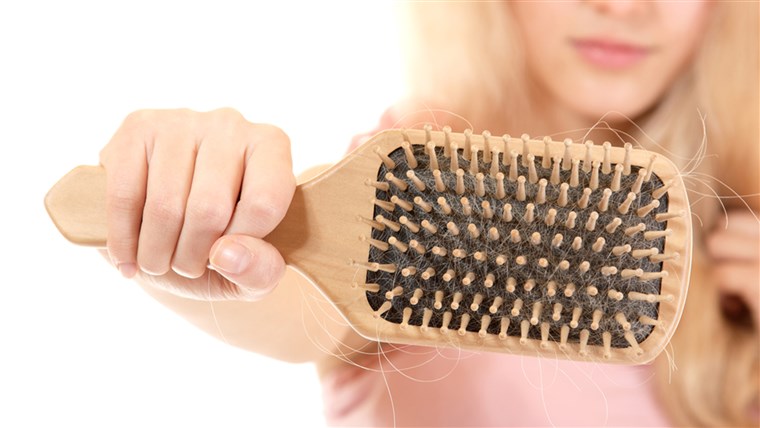
Women can also suffer from hair loss caused by autoimmune diseases. These diseases cause the body’s immune system to attack the hair, causing it to fall out. Alopecia areata and systemic lupus erythematosus are examples of autoimmune conditions. When a person is under high levels of stress, the body goes into “survival mode,” where it prioritizes vital functions over the need to grow hair. Each follicle in a person’s body has growth and resting phases, and when the body is under high stress, it forces hairs out of the growth phase and into the resting phase. This can lead to hair loss, a condition known as telogen effluvium.

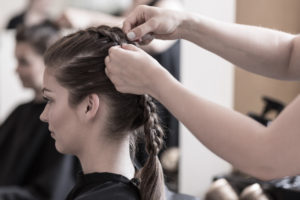

Aside from genetics, lifestyle factors like too much stress, over styling and using hair products can also contribute to thinning hair. For example, wearing your hair too tight, coloring it, and using hair extensions can all result in dry, brittle hair. A healthy scalp typically contains 80 percent of hair follicles in growth phase and only 20 percent in resting mode. If these vital growth phases slow down, hair loss is the result.
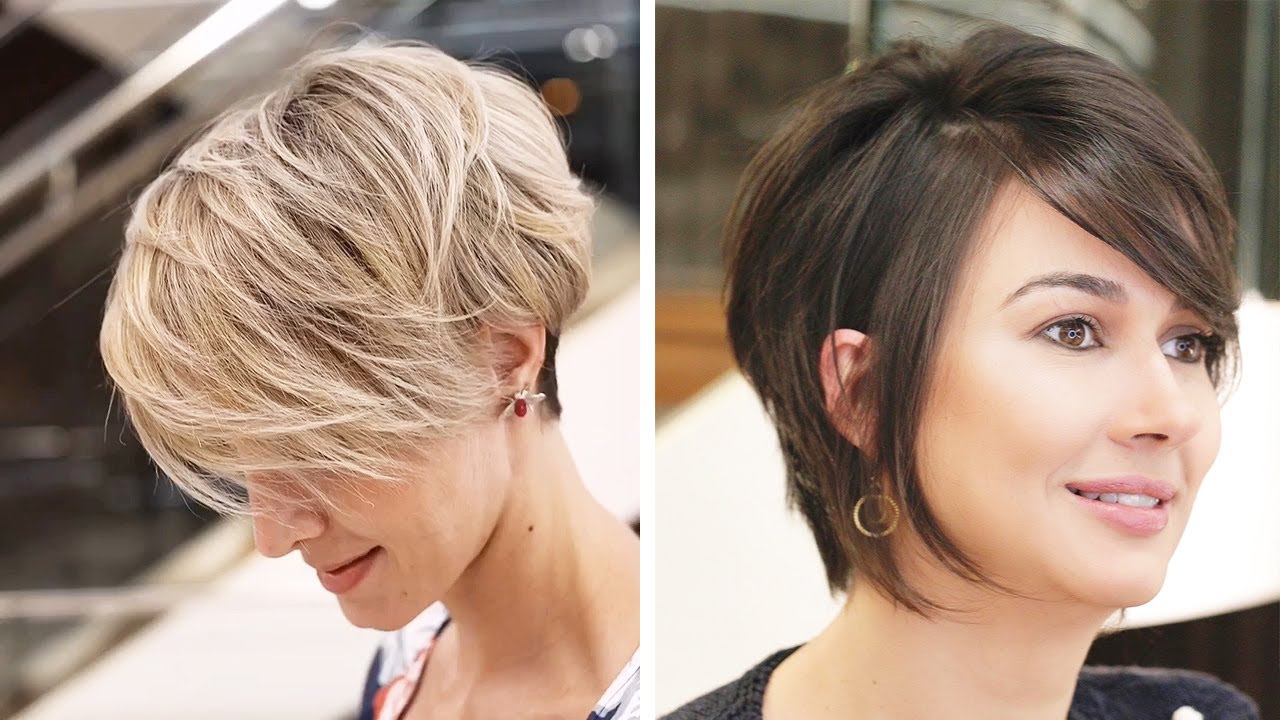

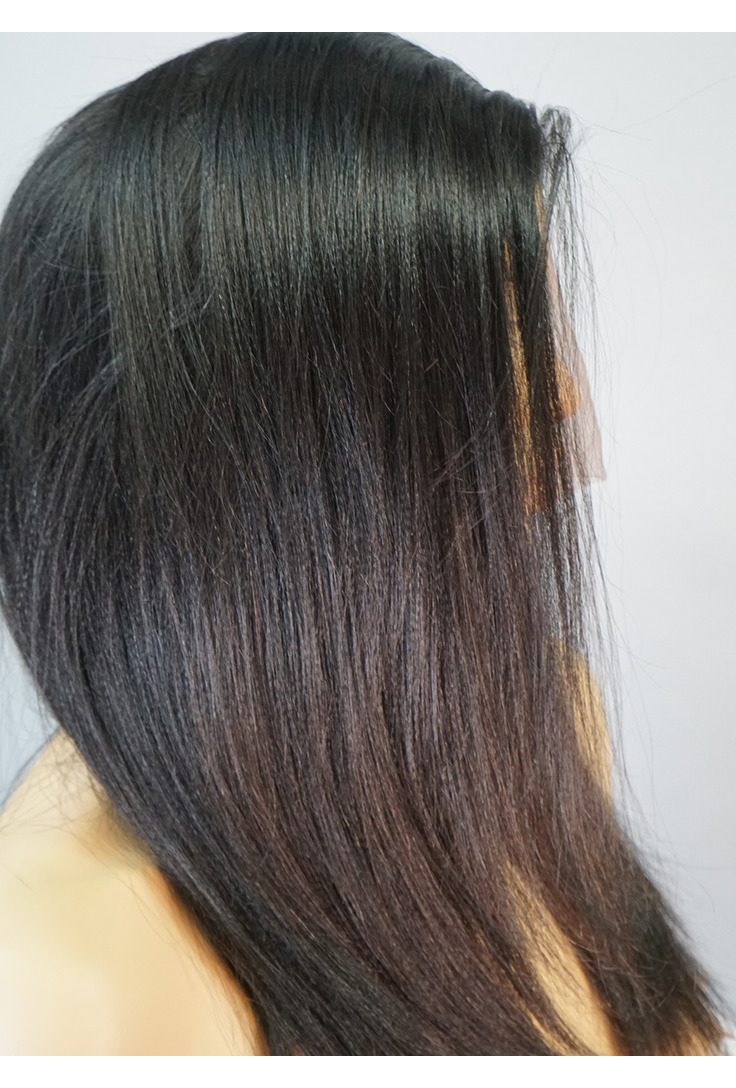
Nutrition is a key factor in healthy hair growth. Biotin, also known as vitamin B7, is widely available in over-the-counter supplements. This vitamin is naturally present in foods, and balanced diets should not result in a deficiency. However, supplemental forms of biotin have become more popular in recent years, and a doctor can recommend a supplement to help correct nutrient deficiencies and promote hair growth.


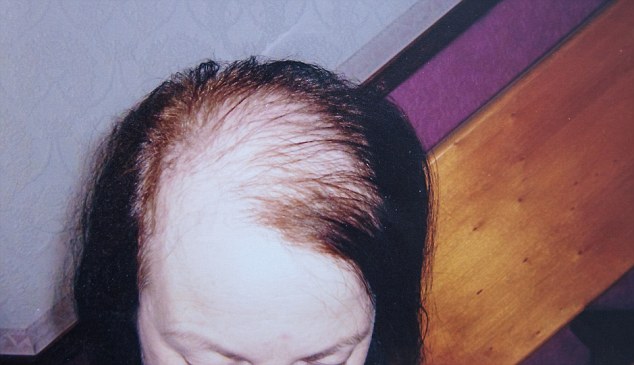
Another treatment for thinning hair in women is scalp massage. Scalp massage can be combined with volumizing shampoos to make strands look thicker. Scalp massages are not a permanent solution, but they can help prevent hair loss. Shampoos with vitamins and amino acids can also improve the condition of the scalp and promote hair growth.

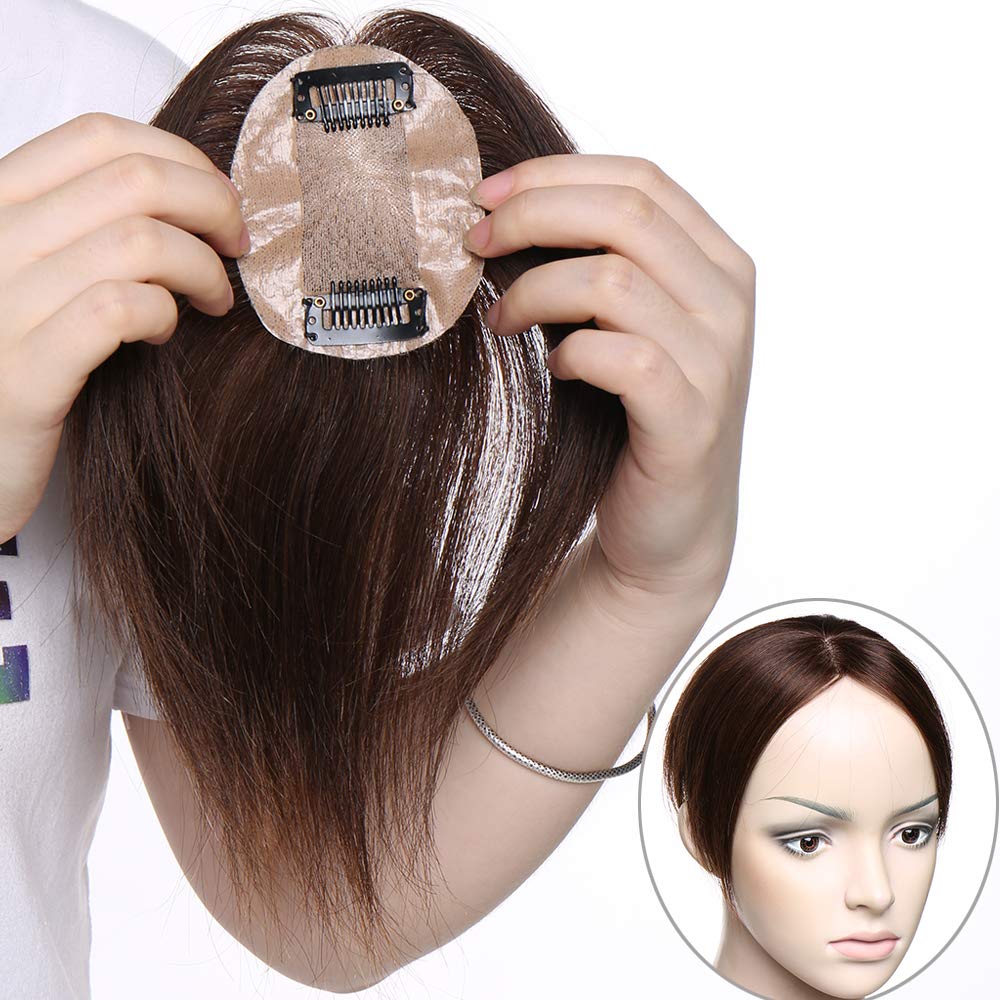
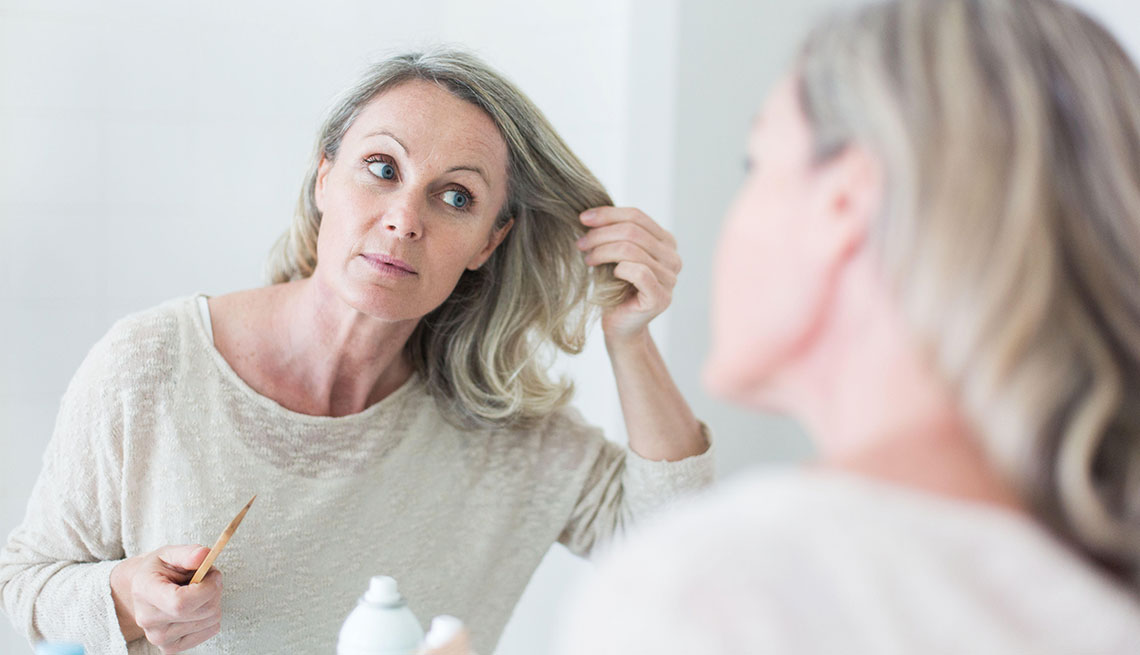
The first step in treating alopecia is to control the inflammation that’s causing hair loss. Steroid creams and injections may help lessen the inflammation. In some cases, they can even save a few strands of hair.
